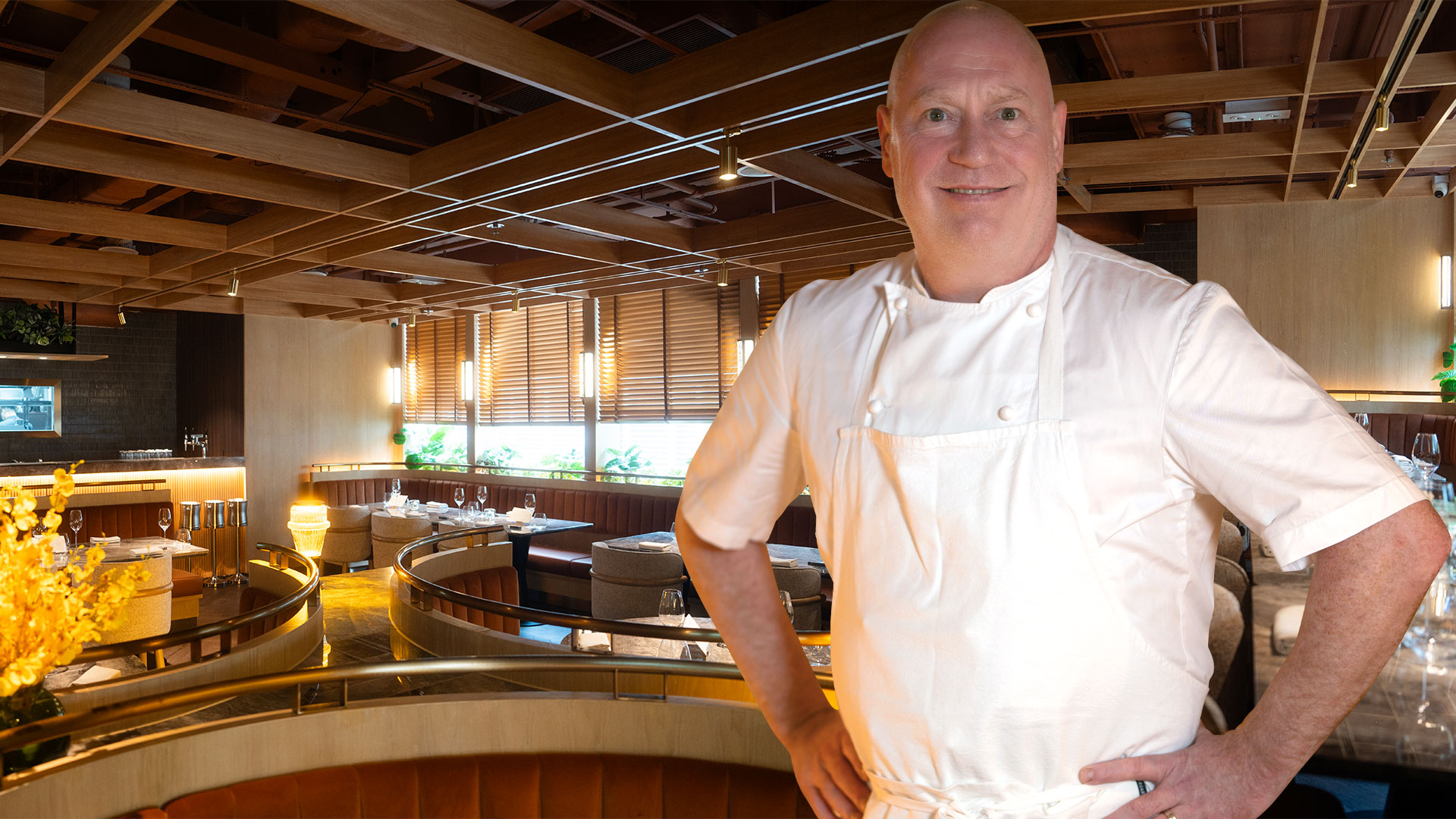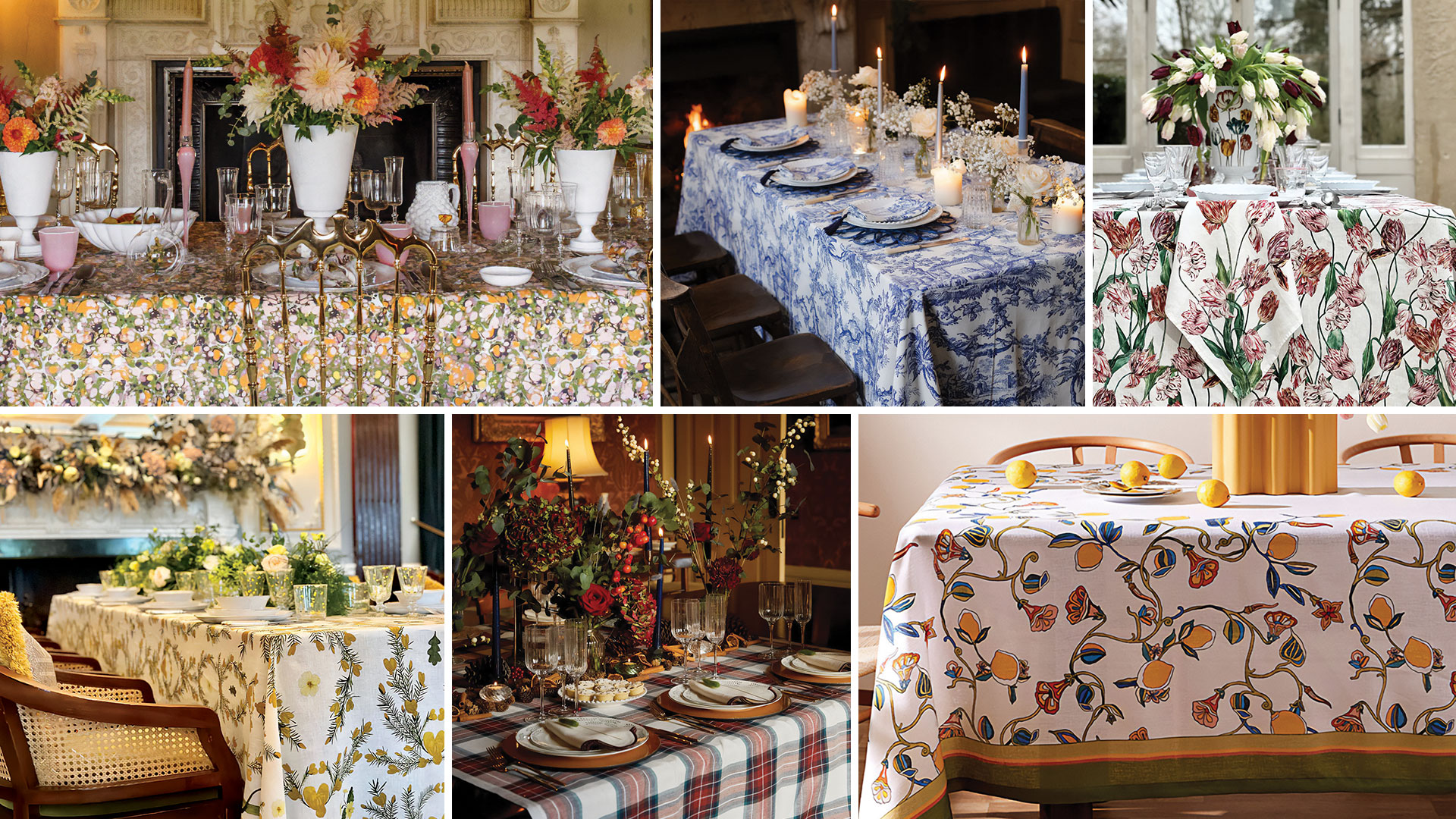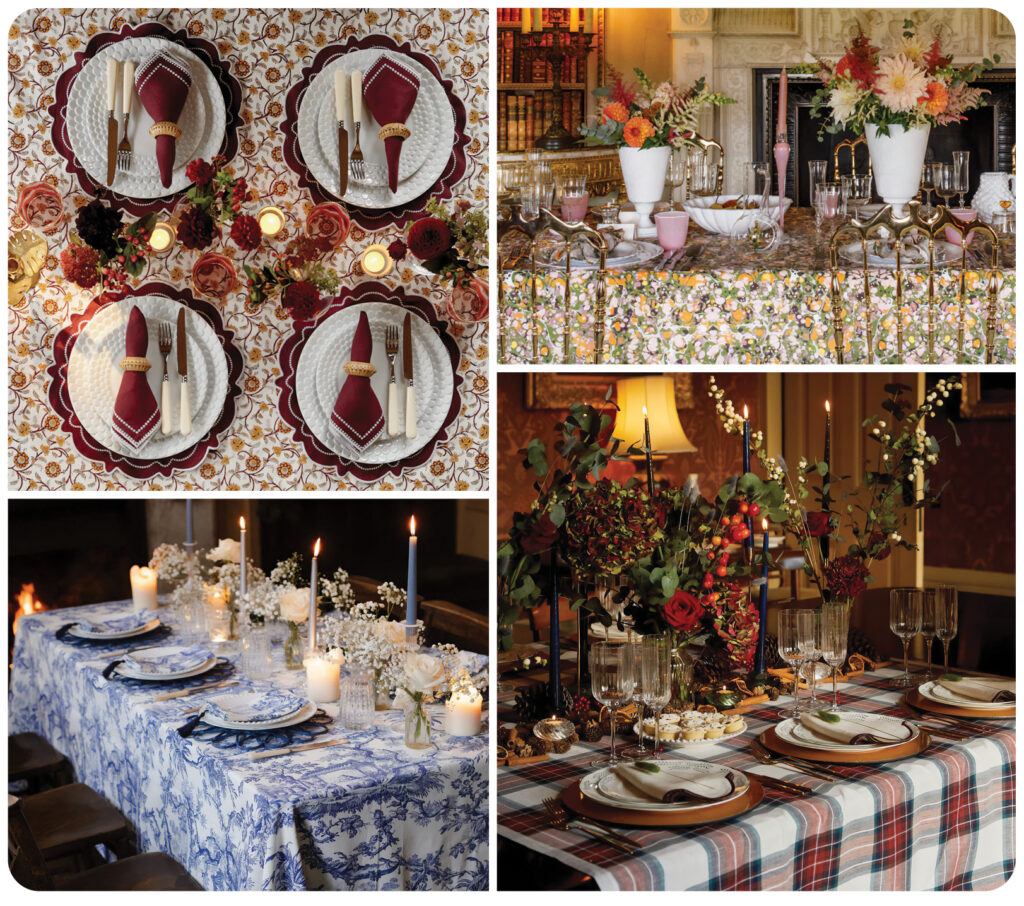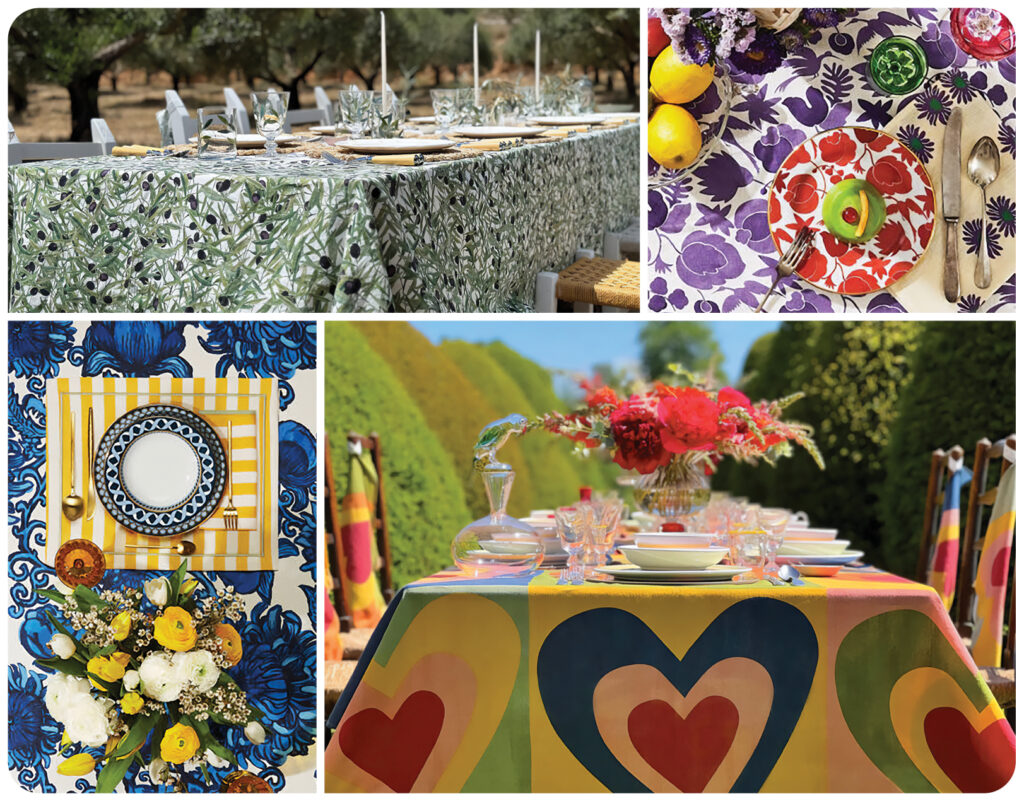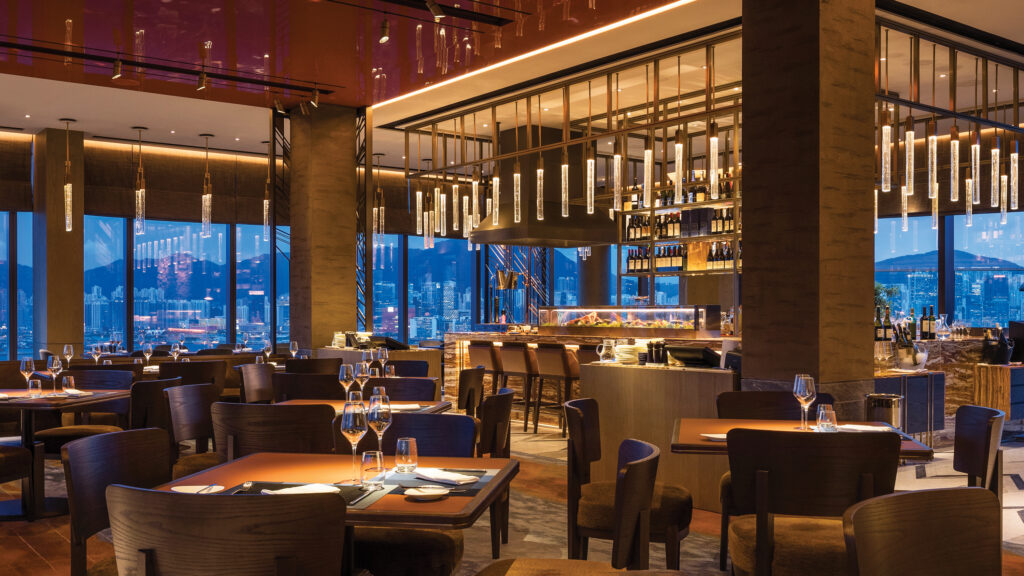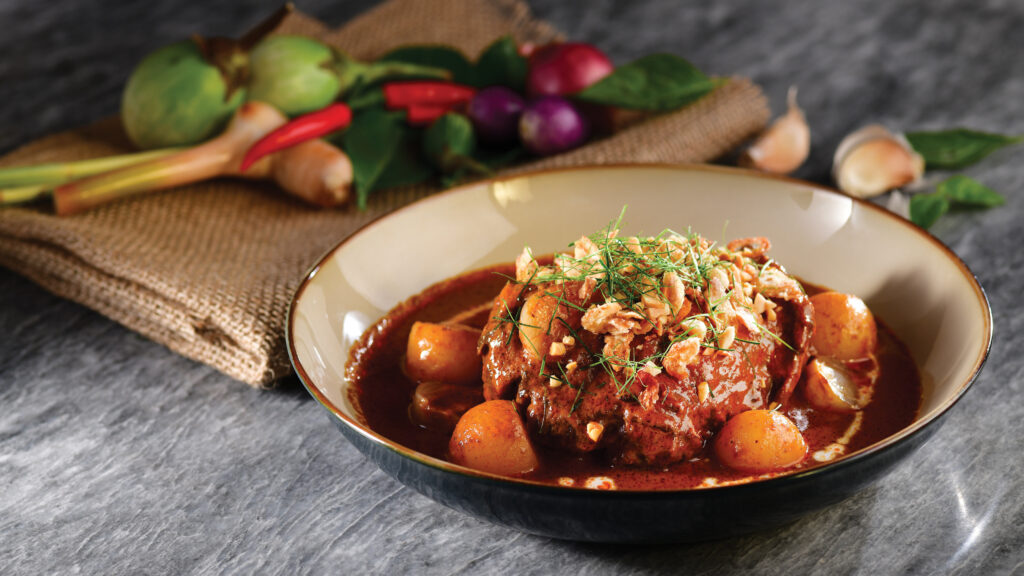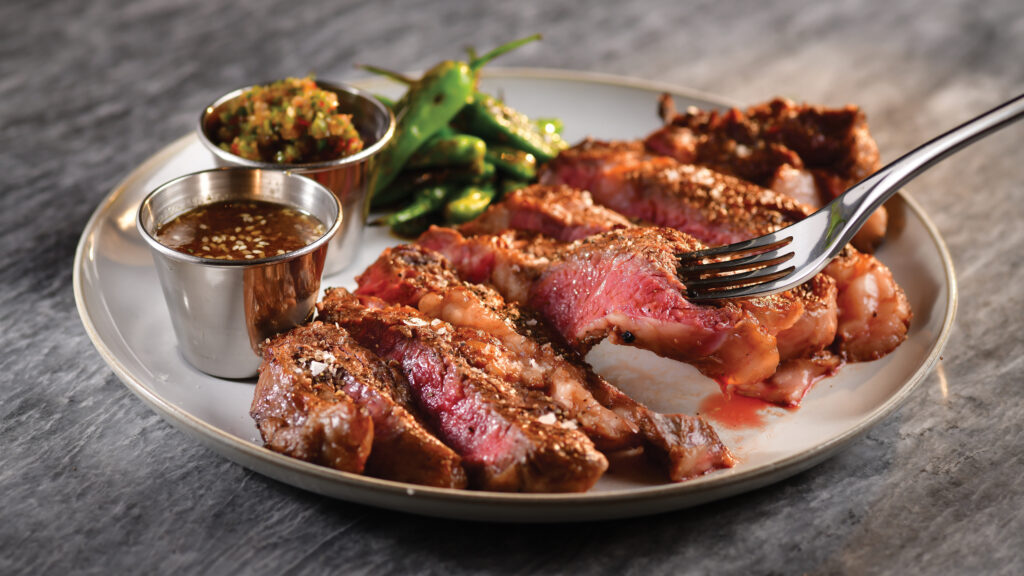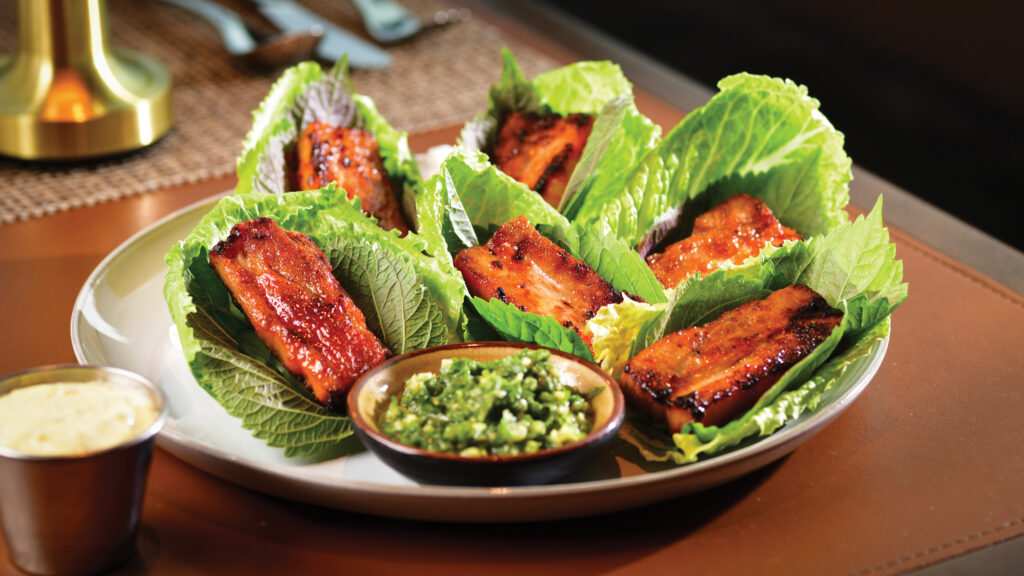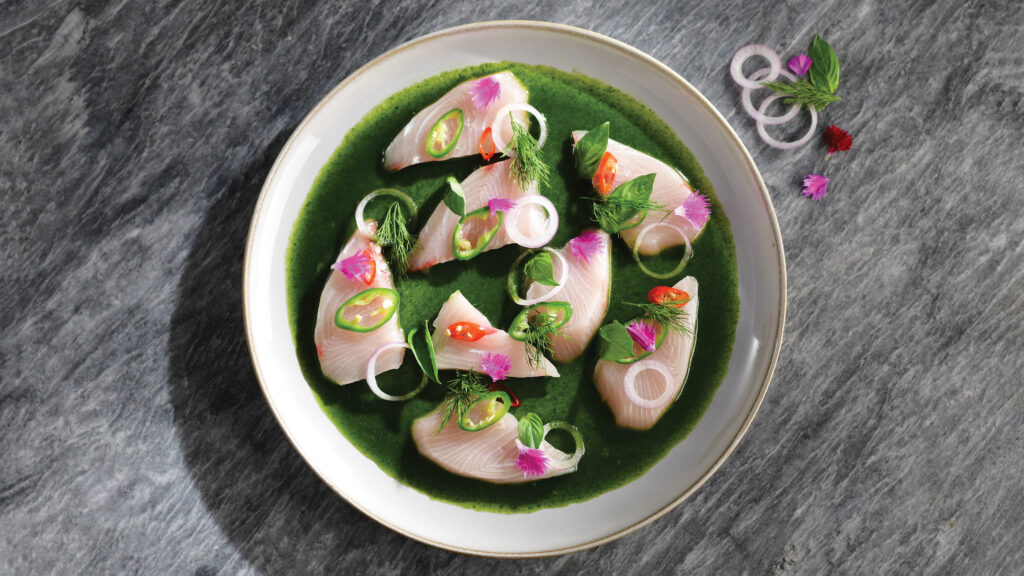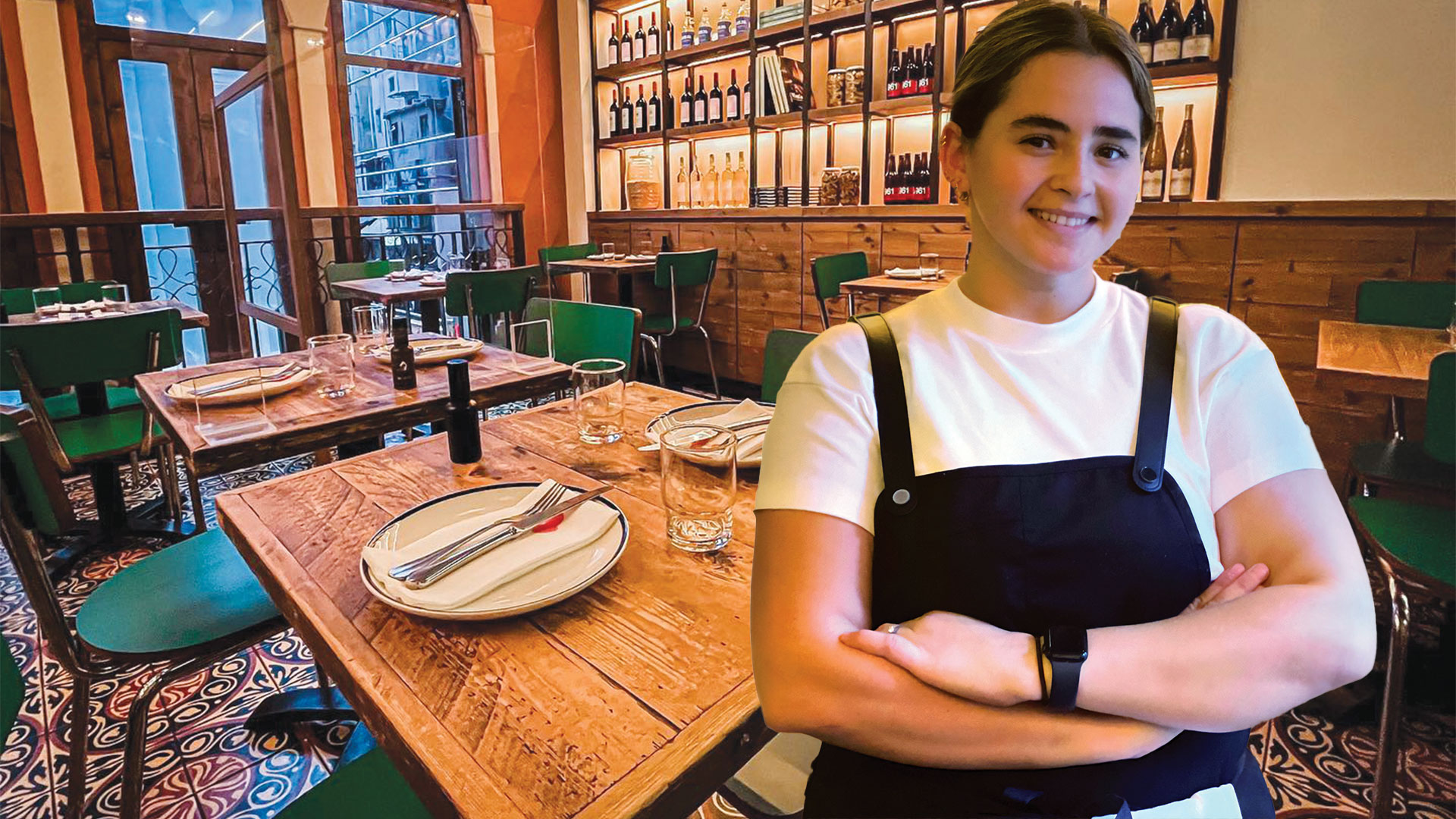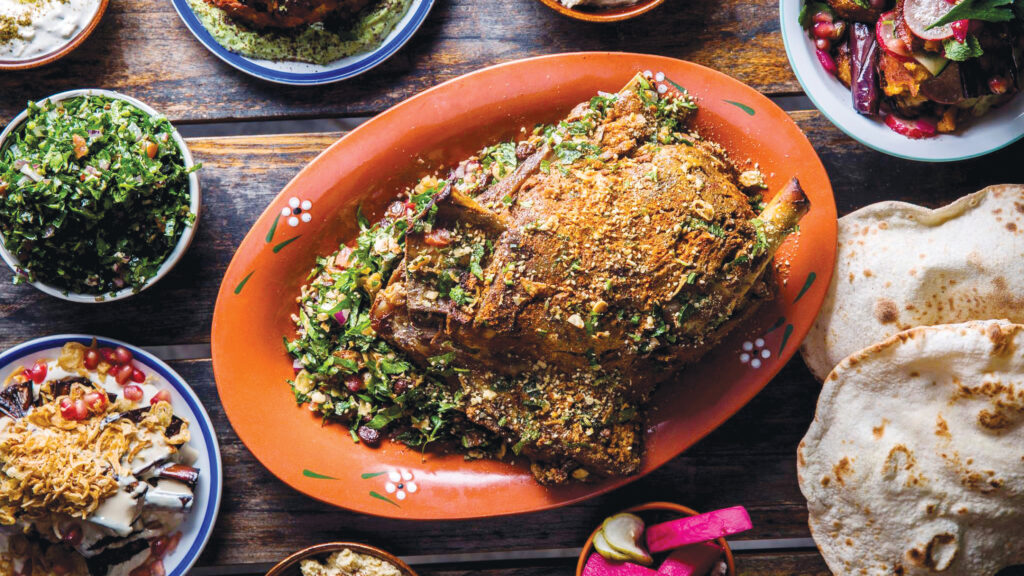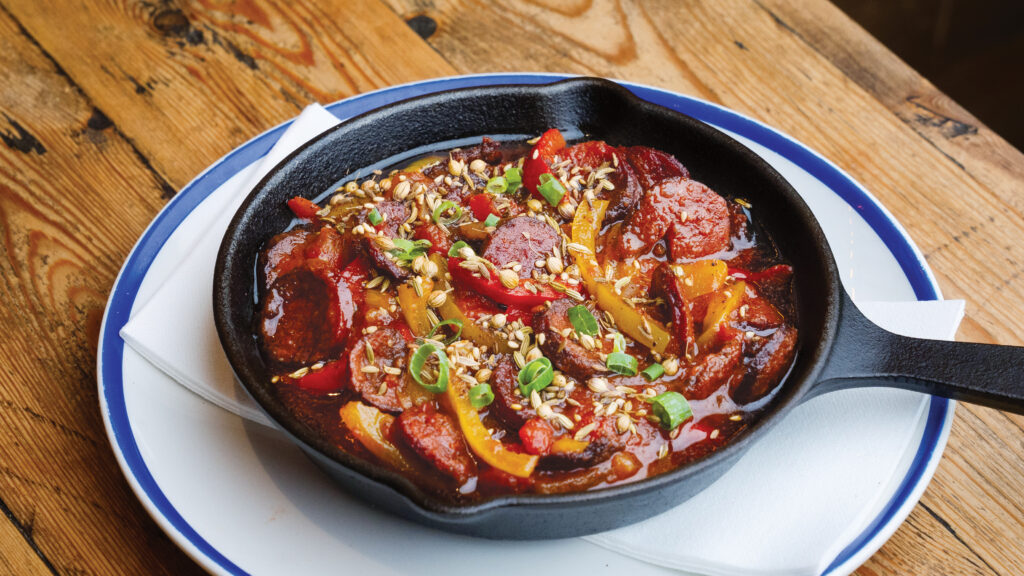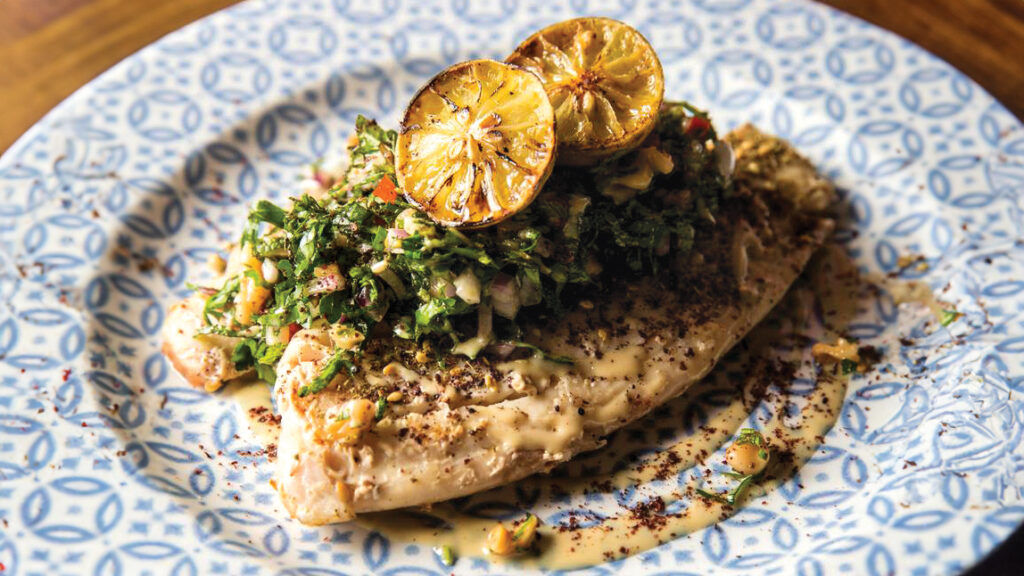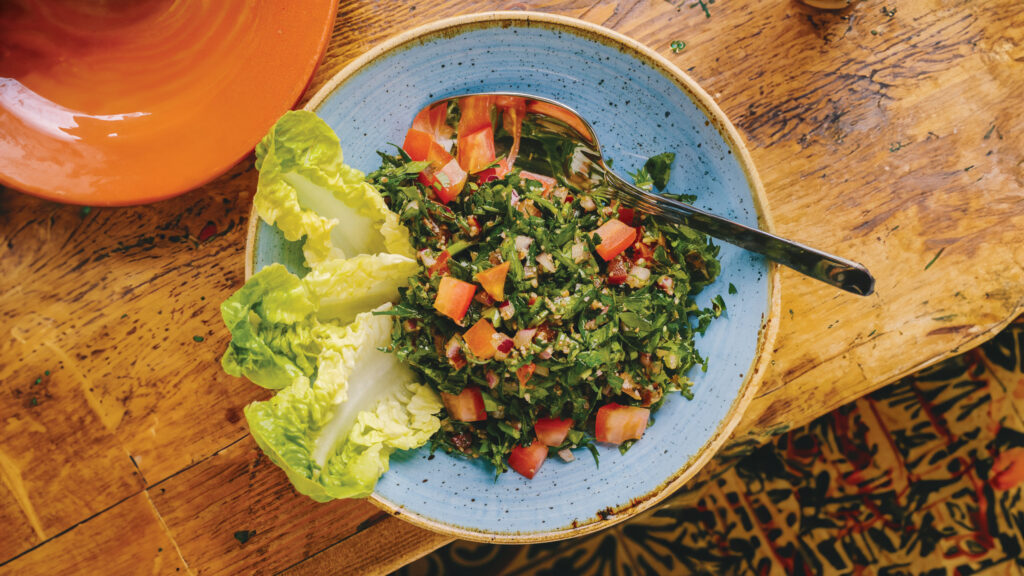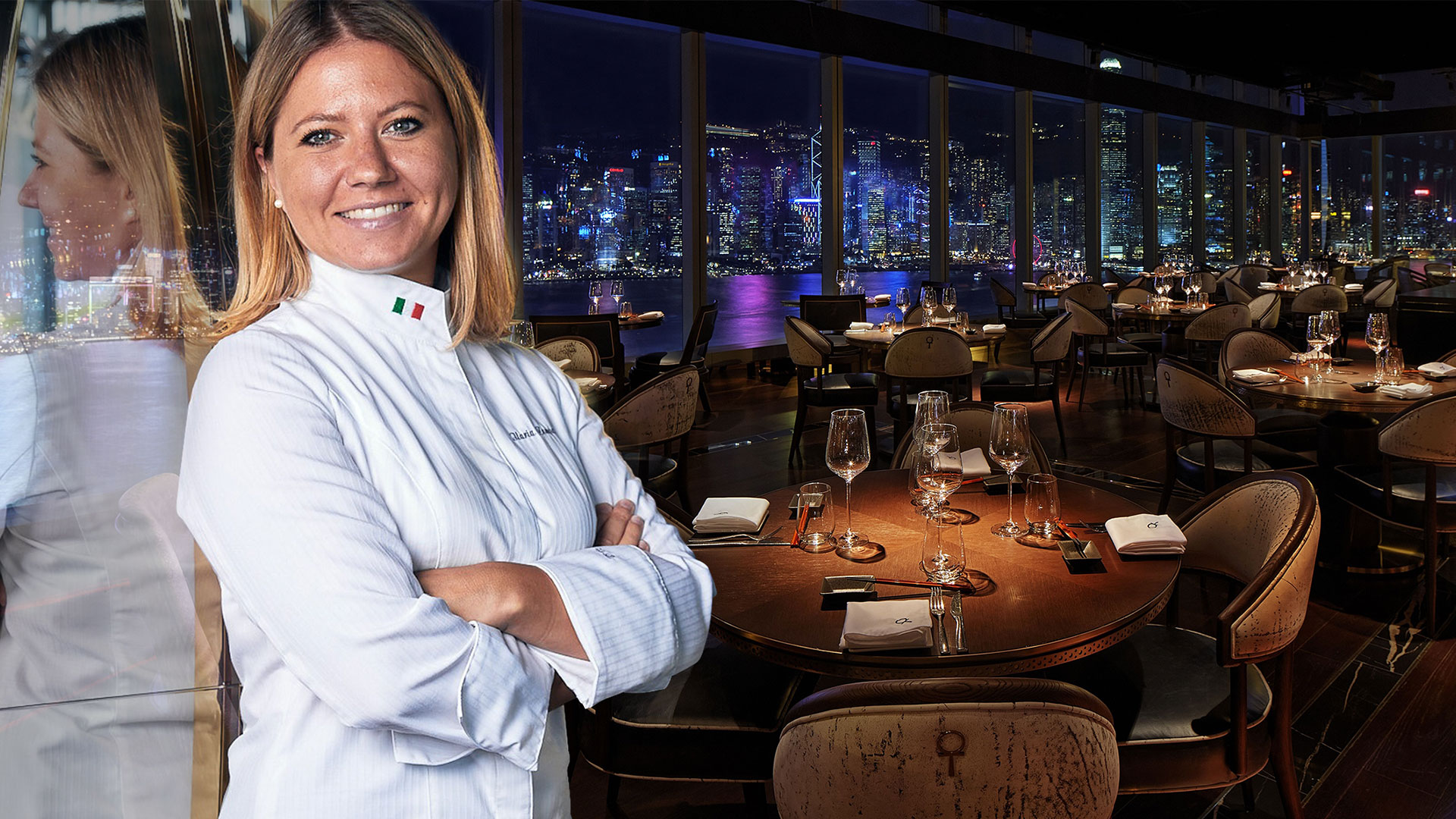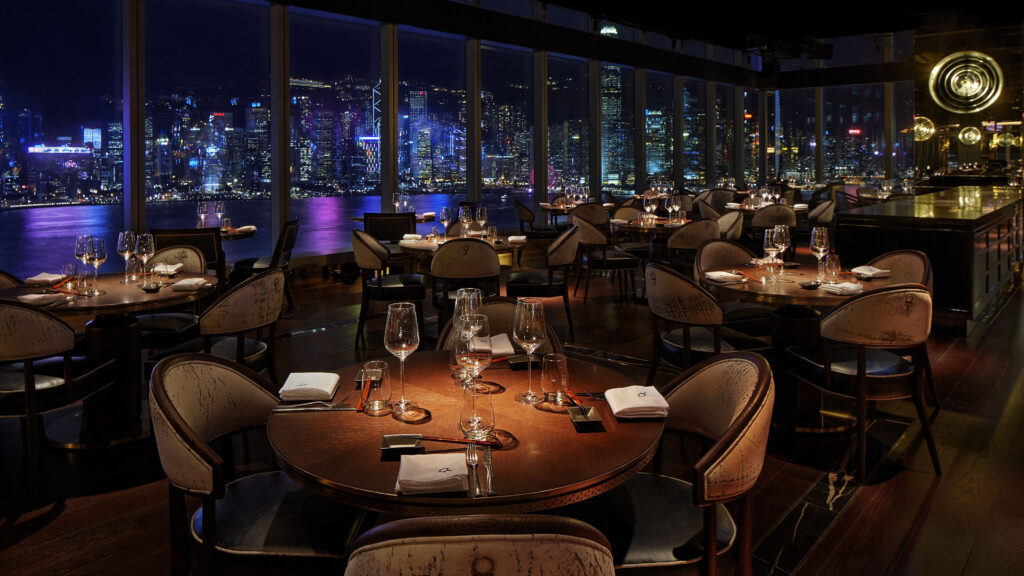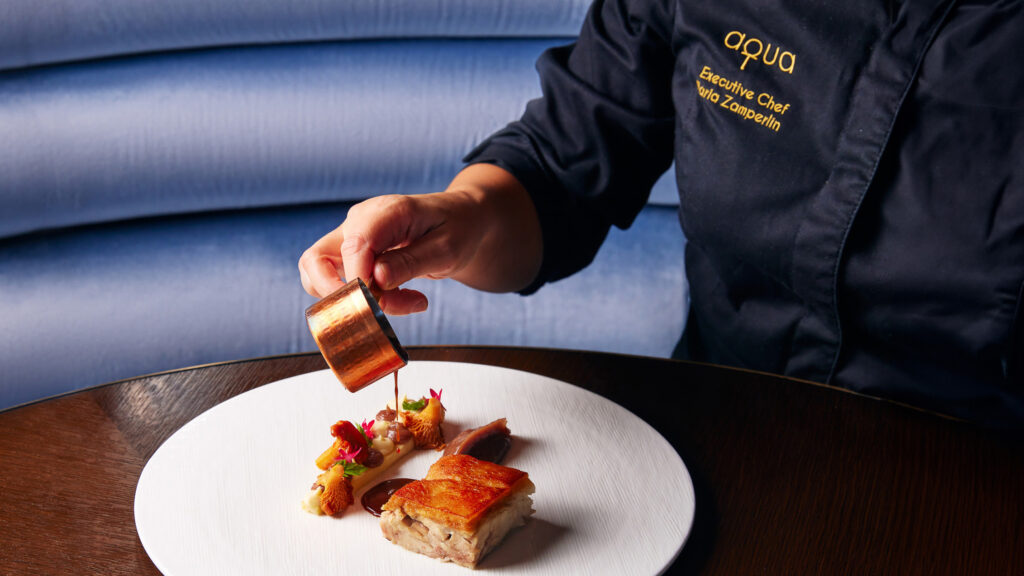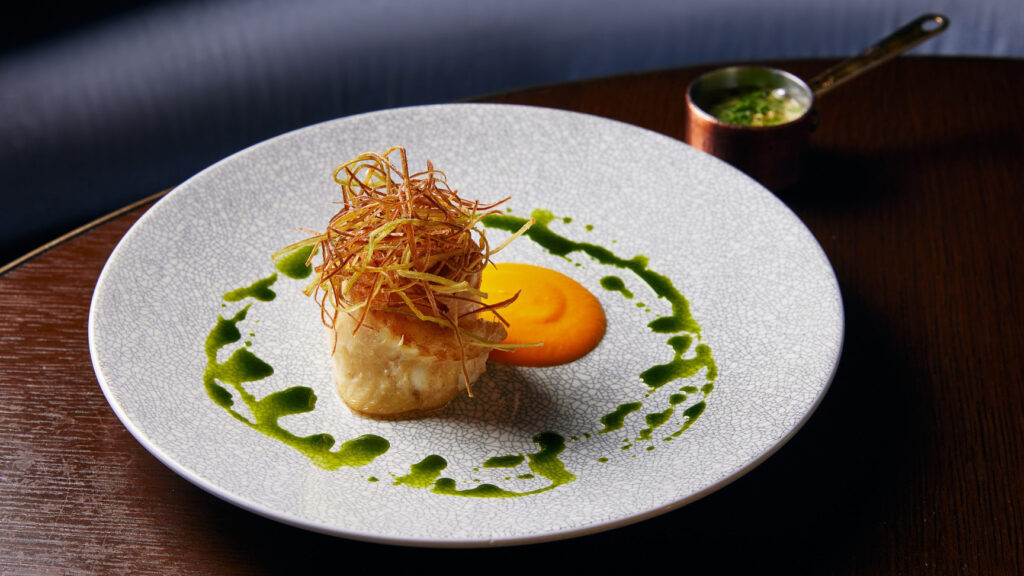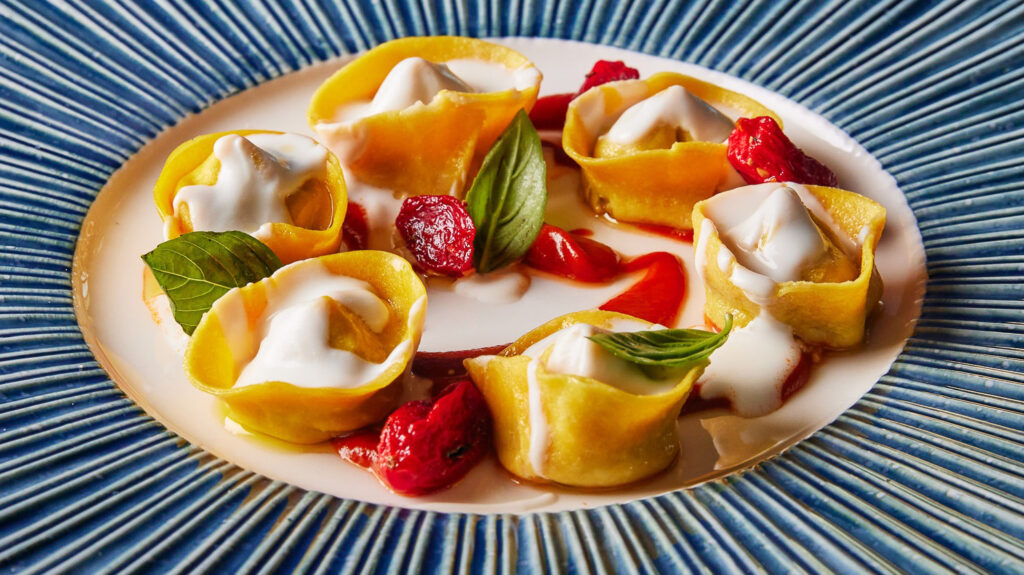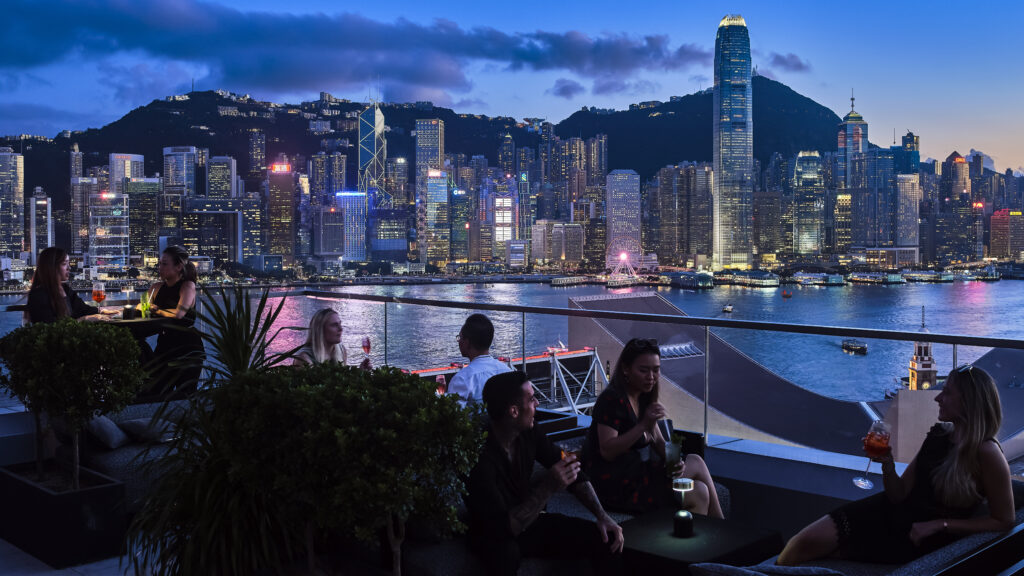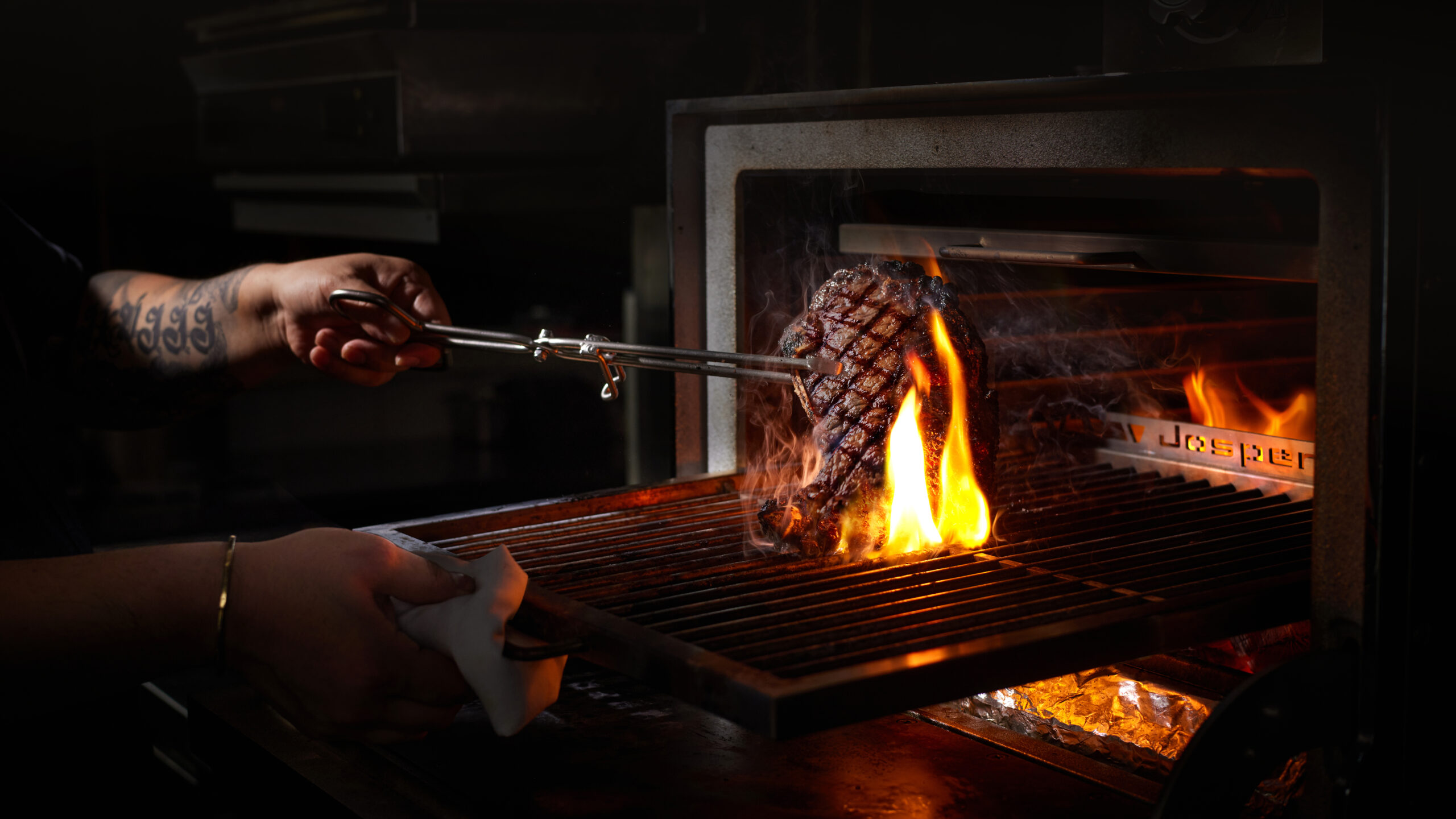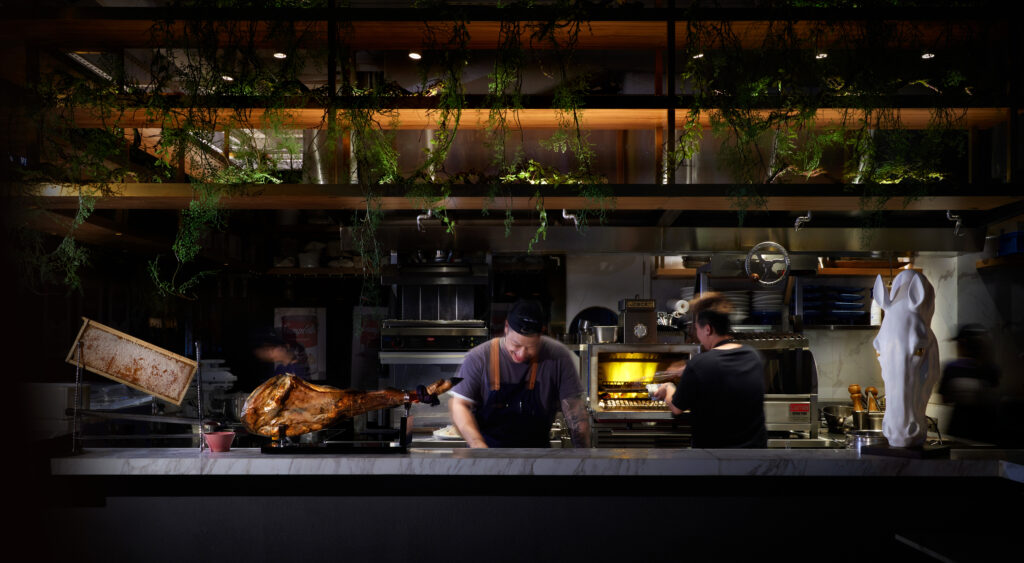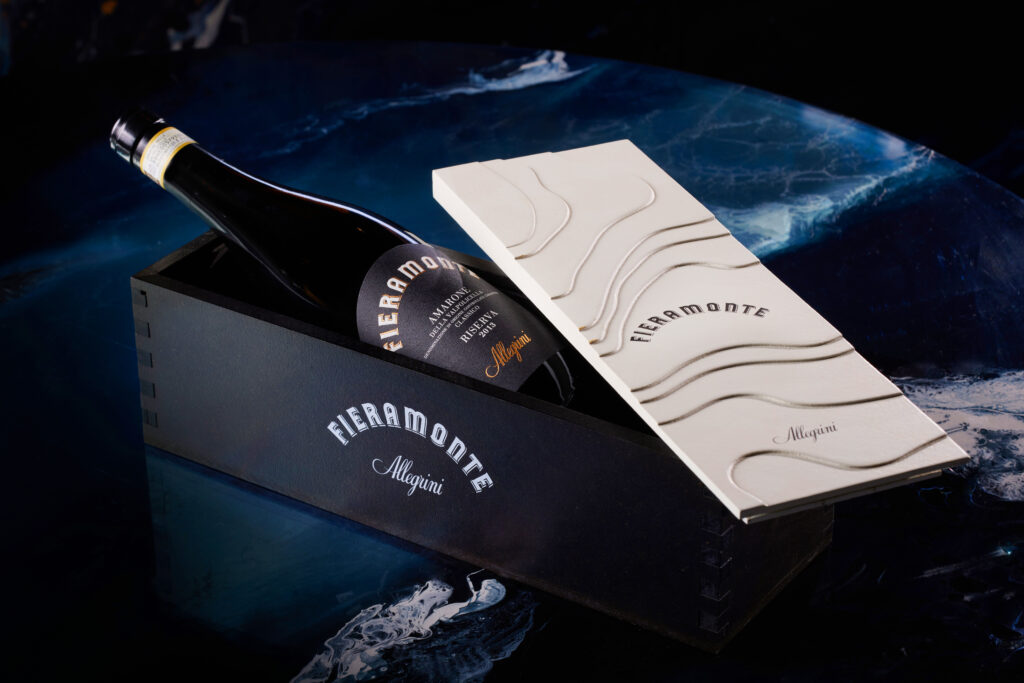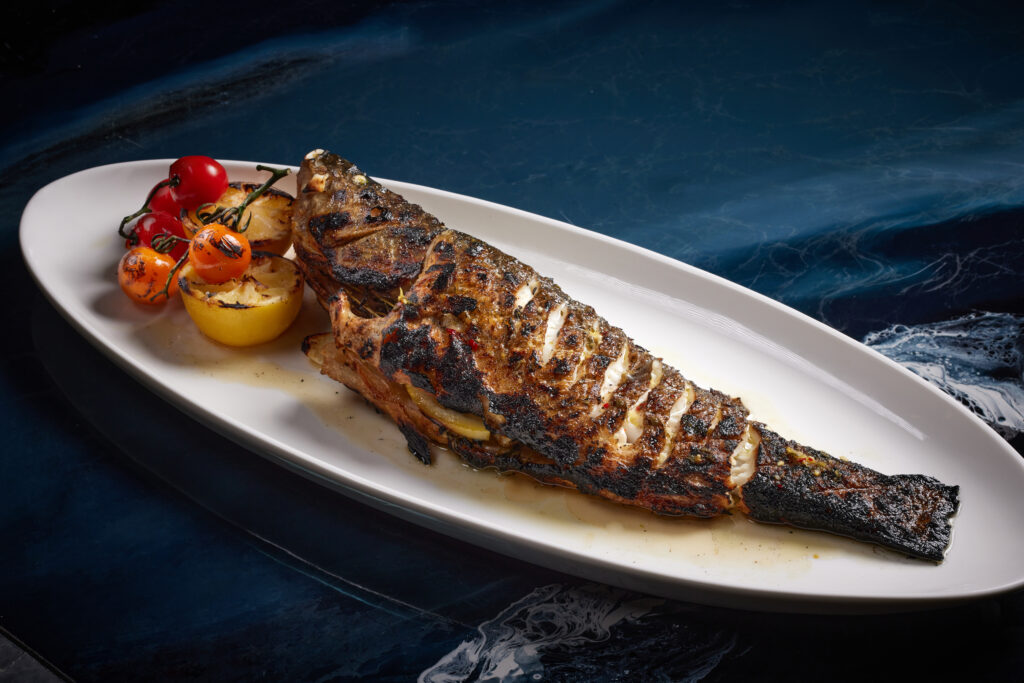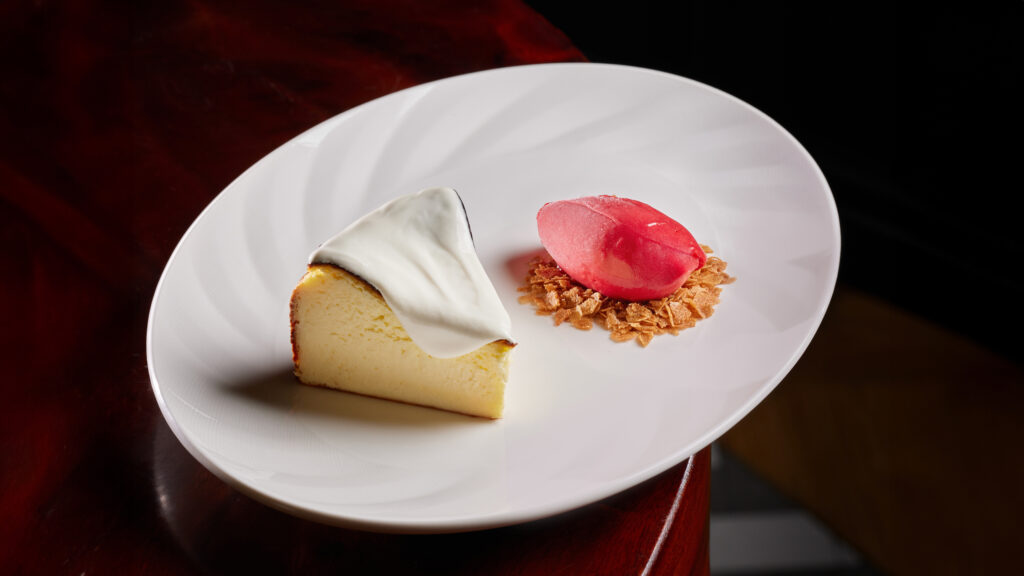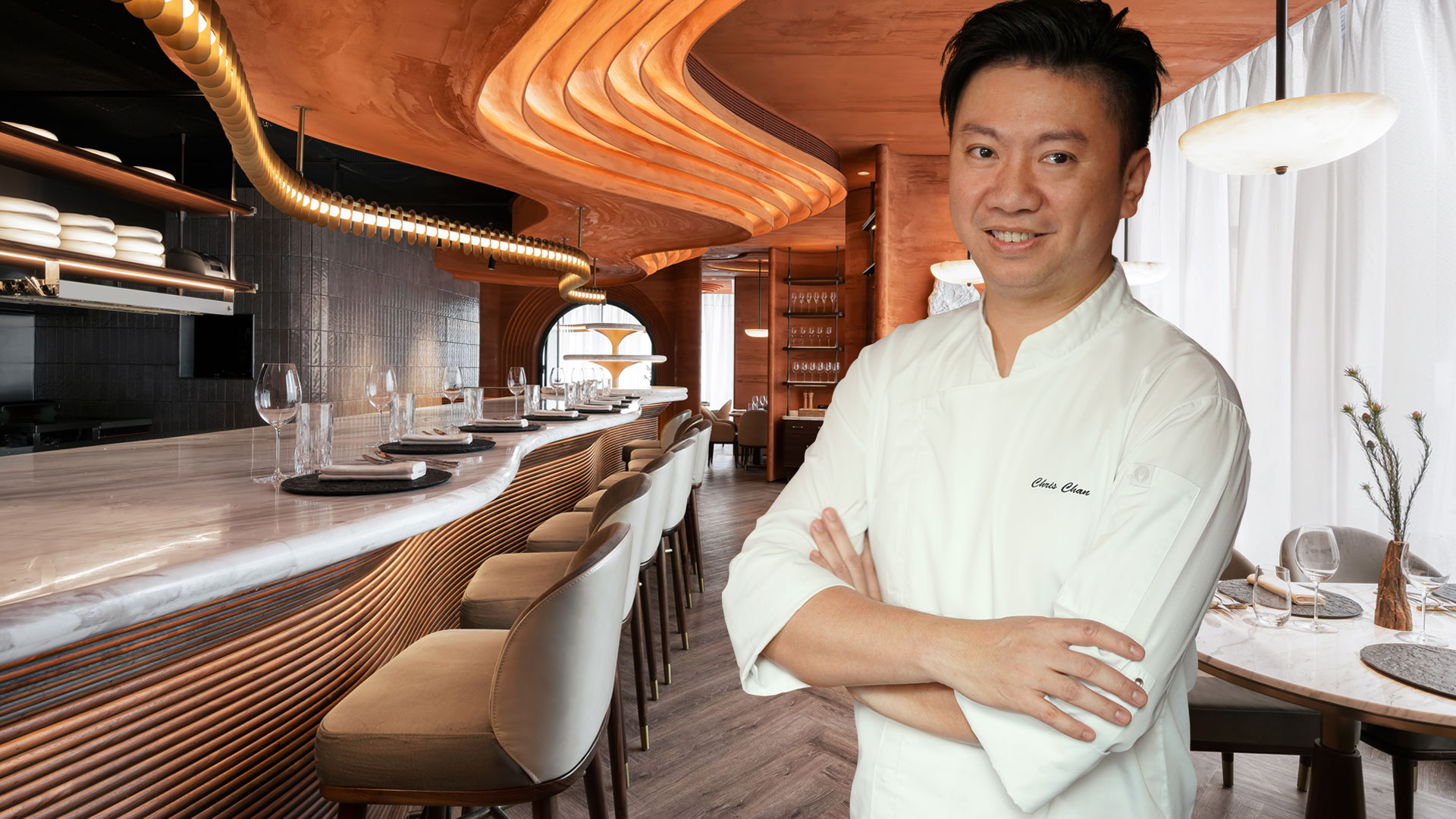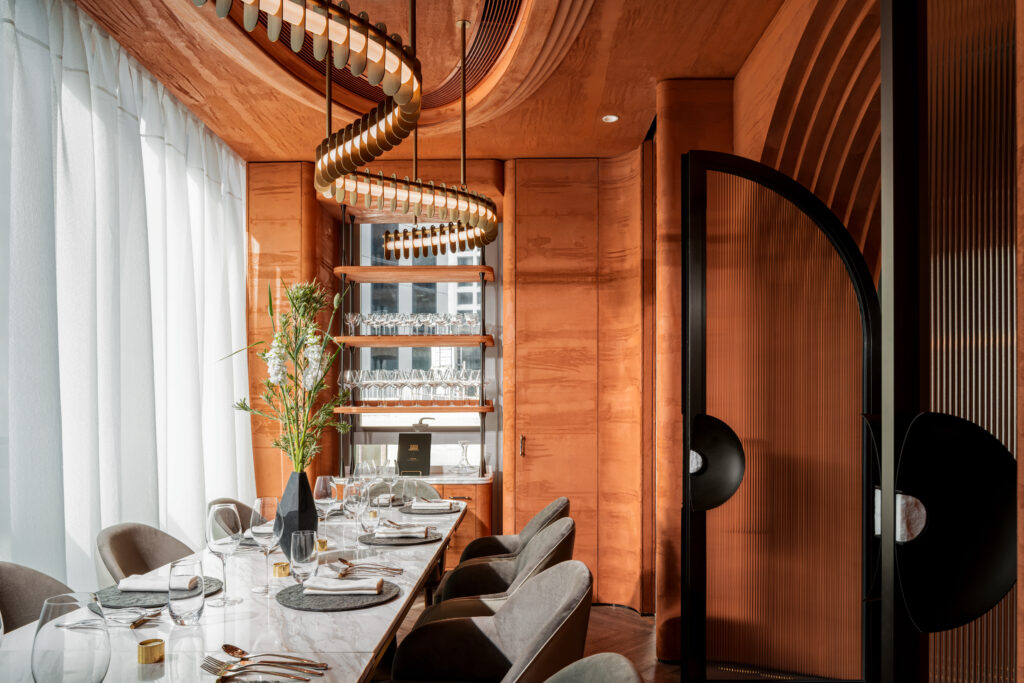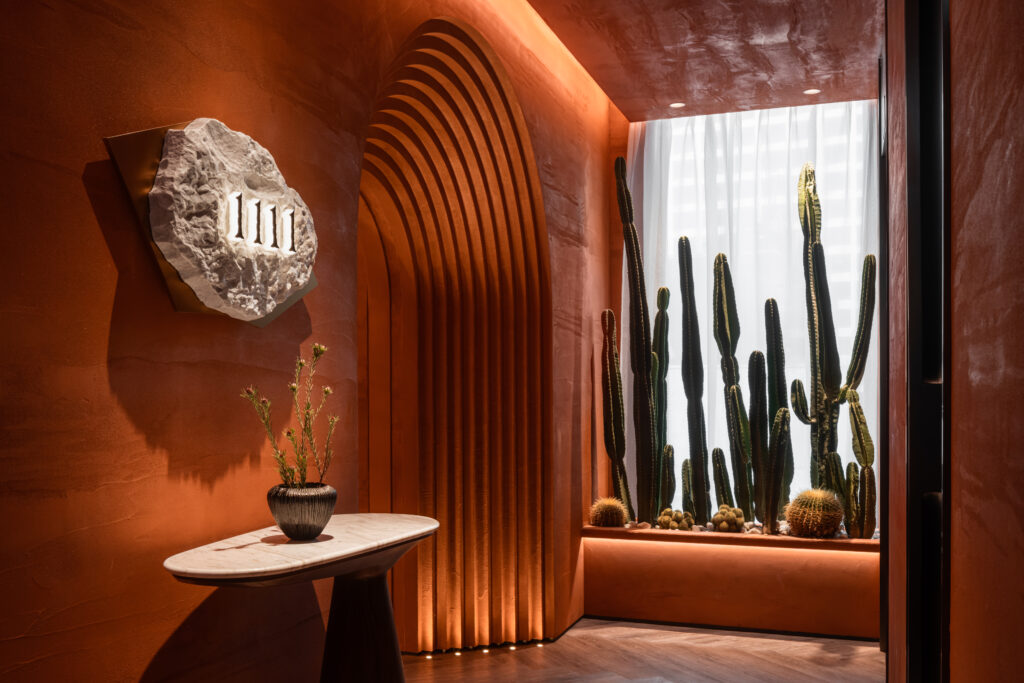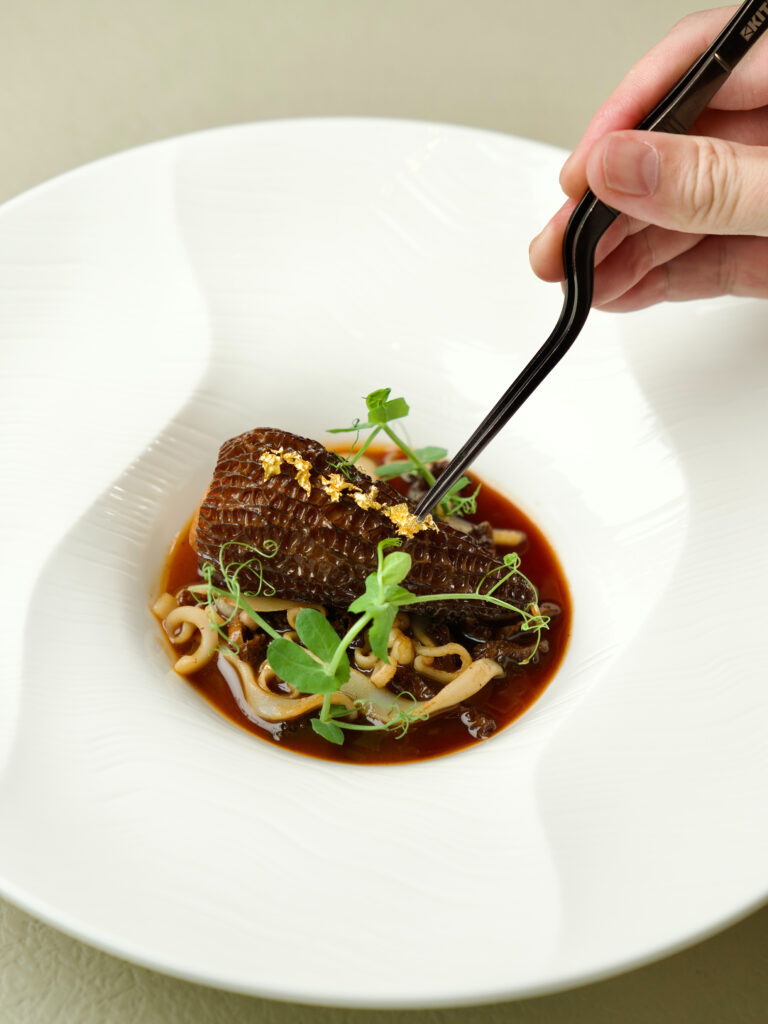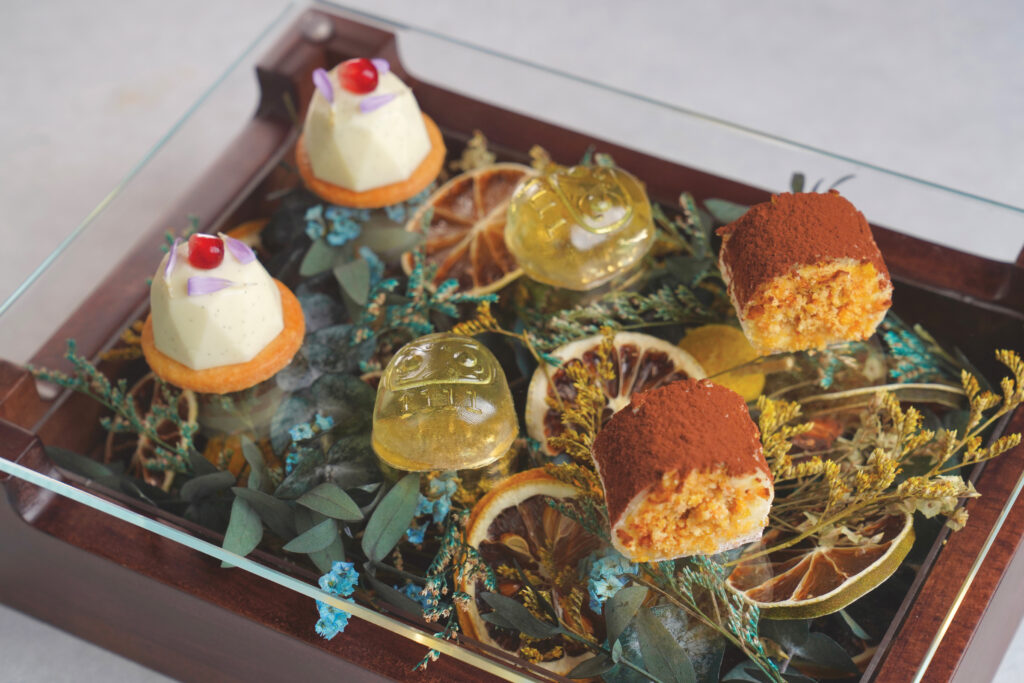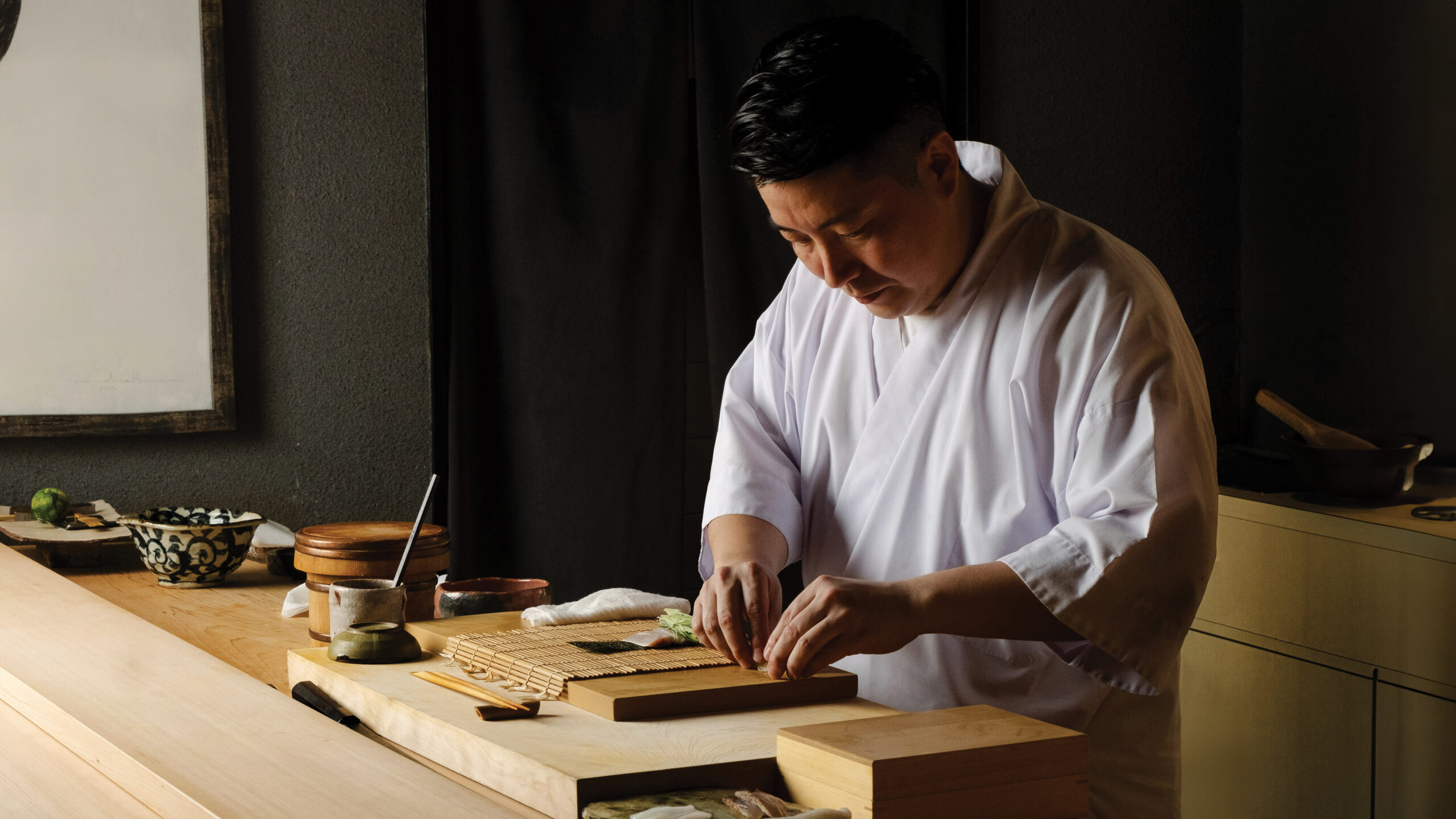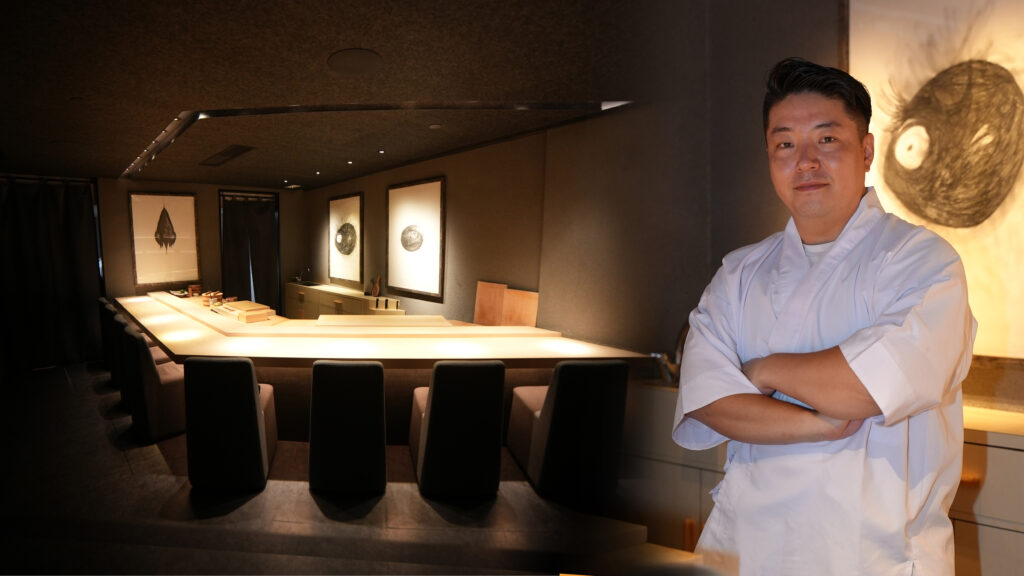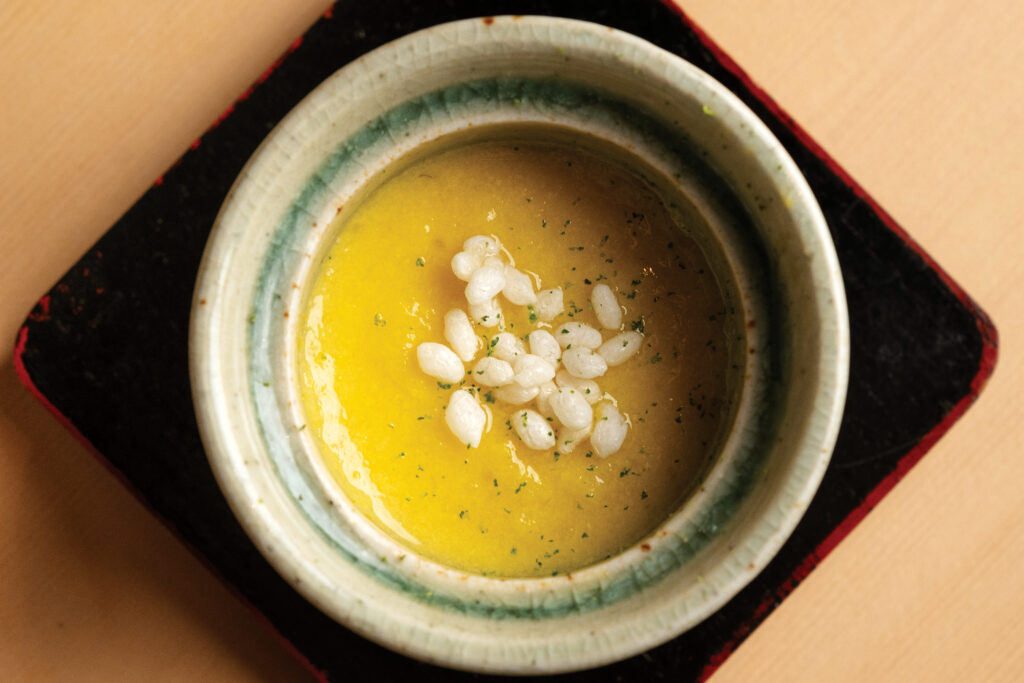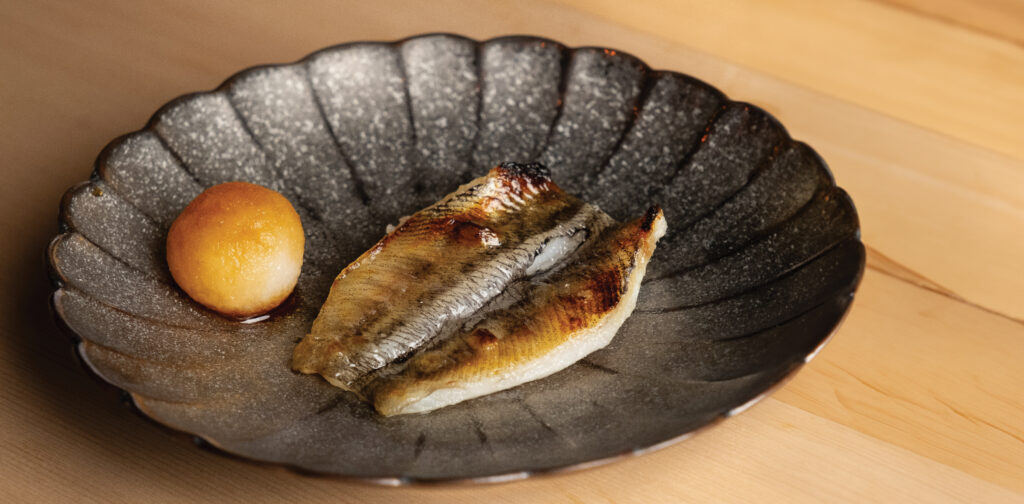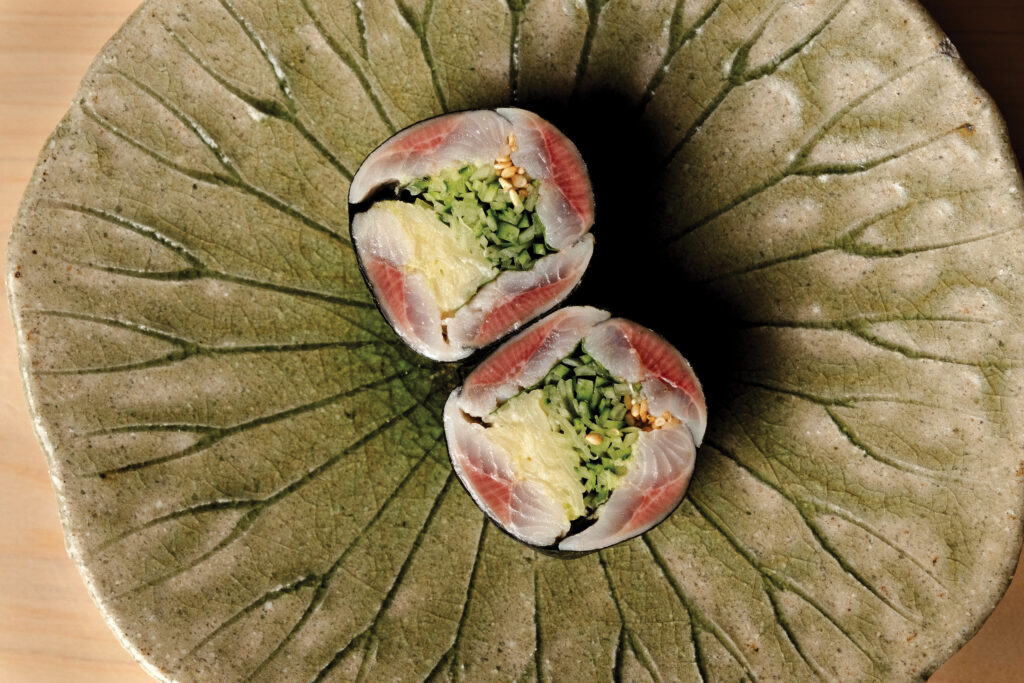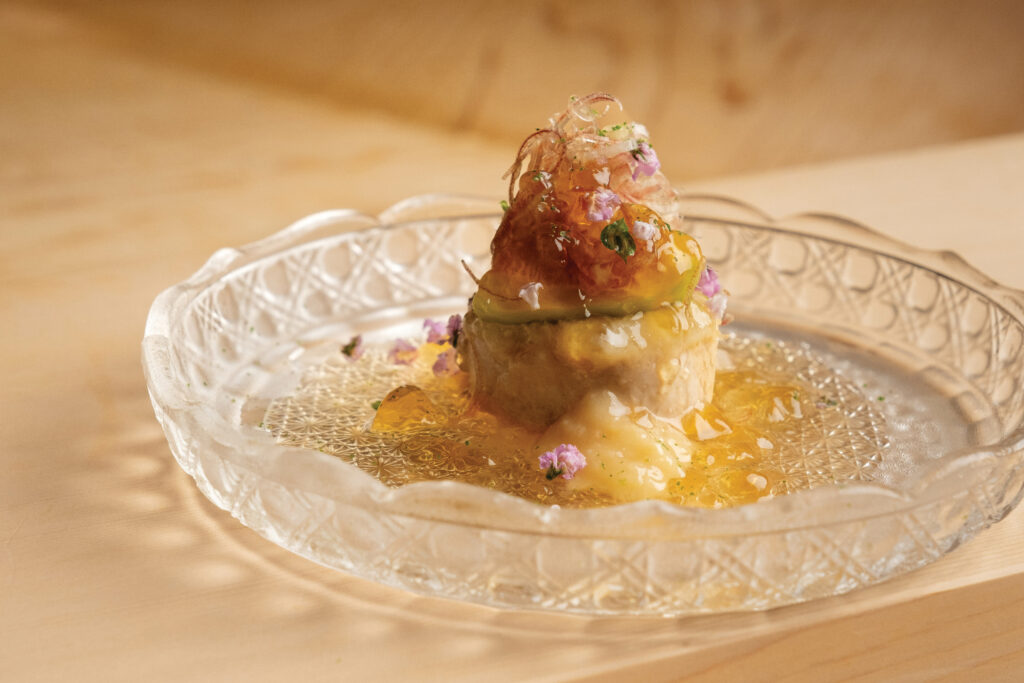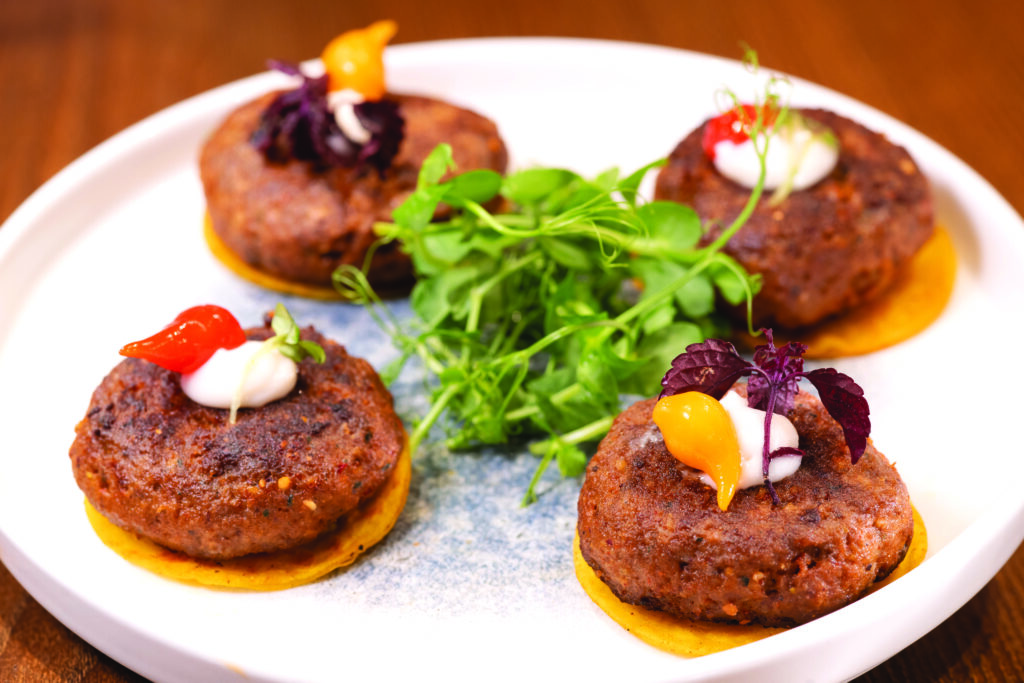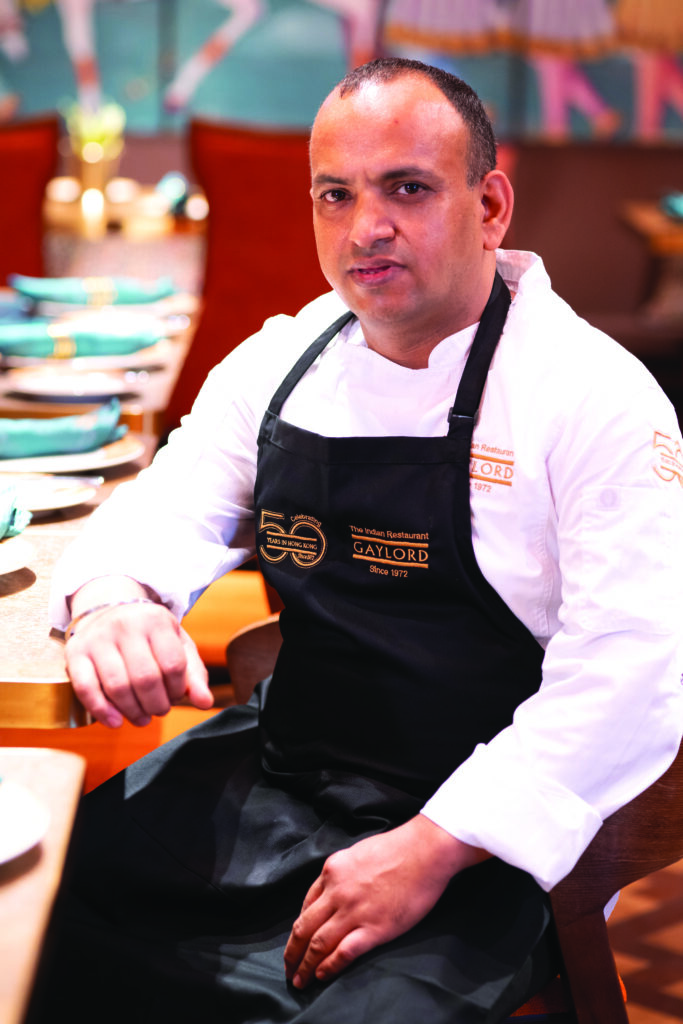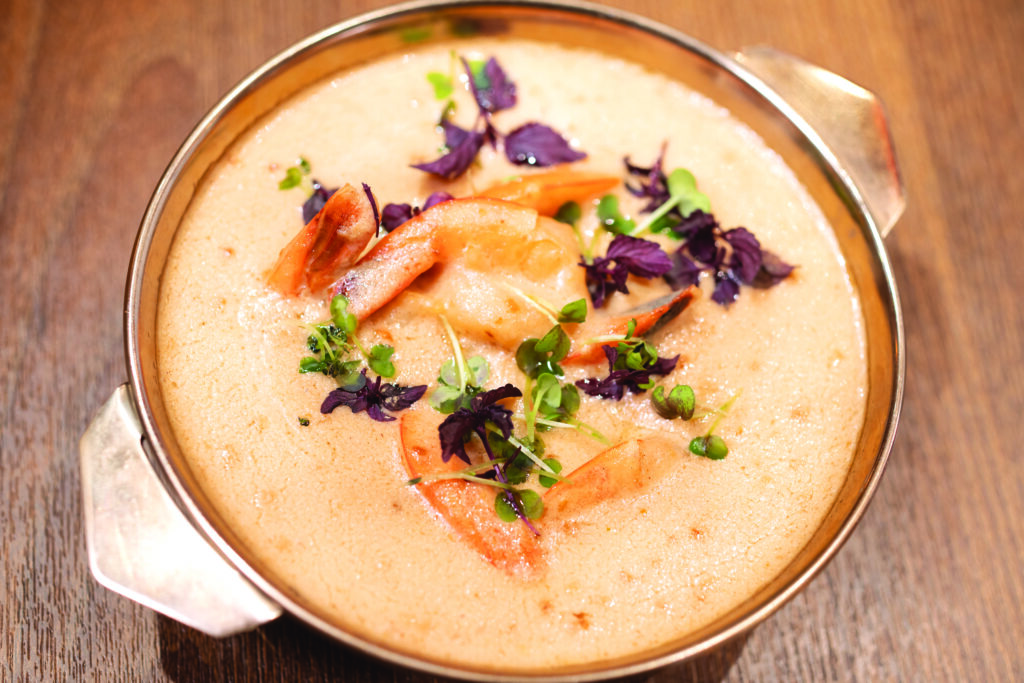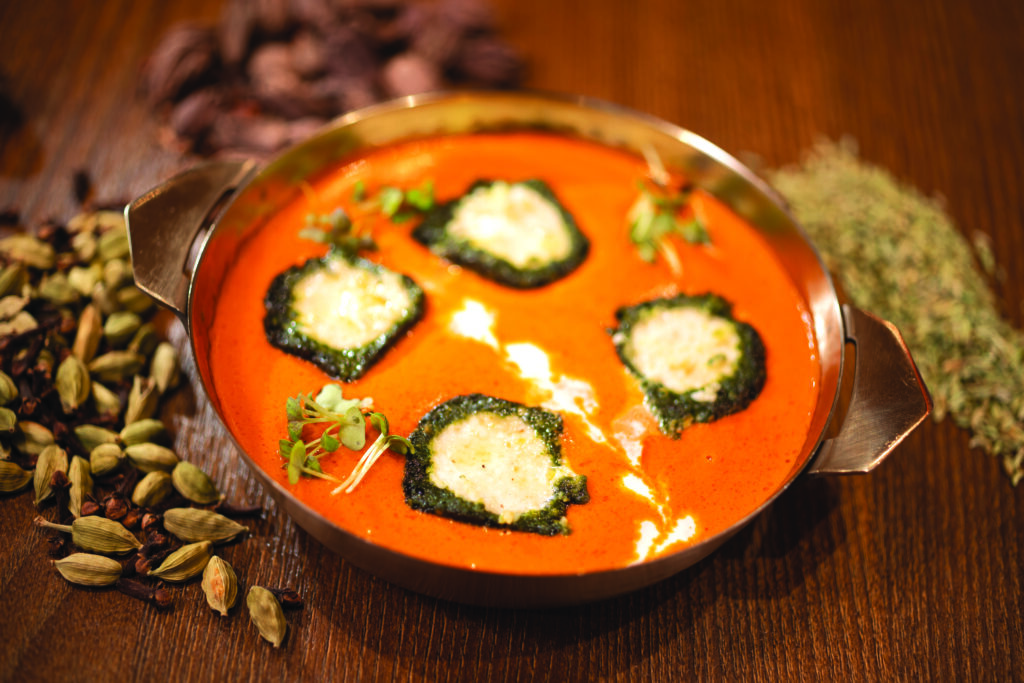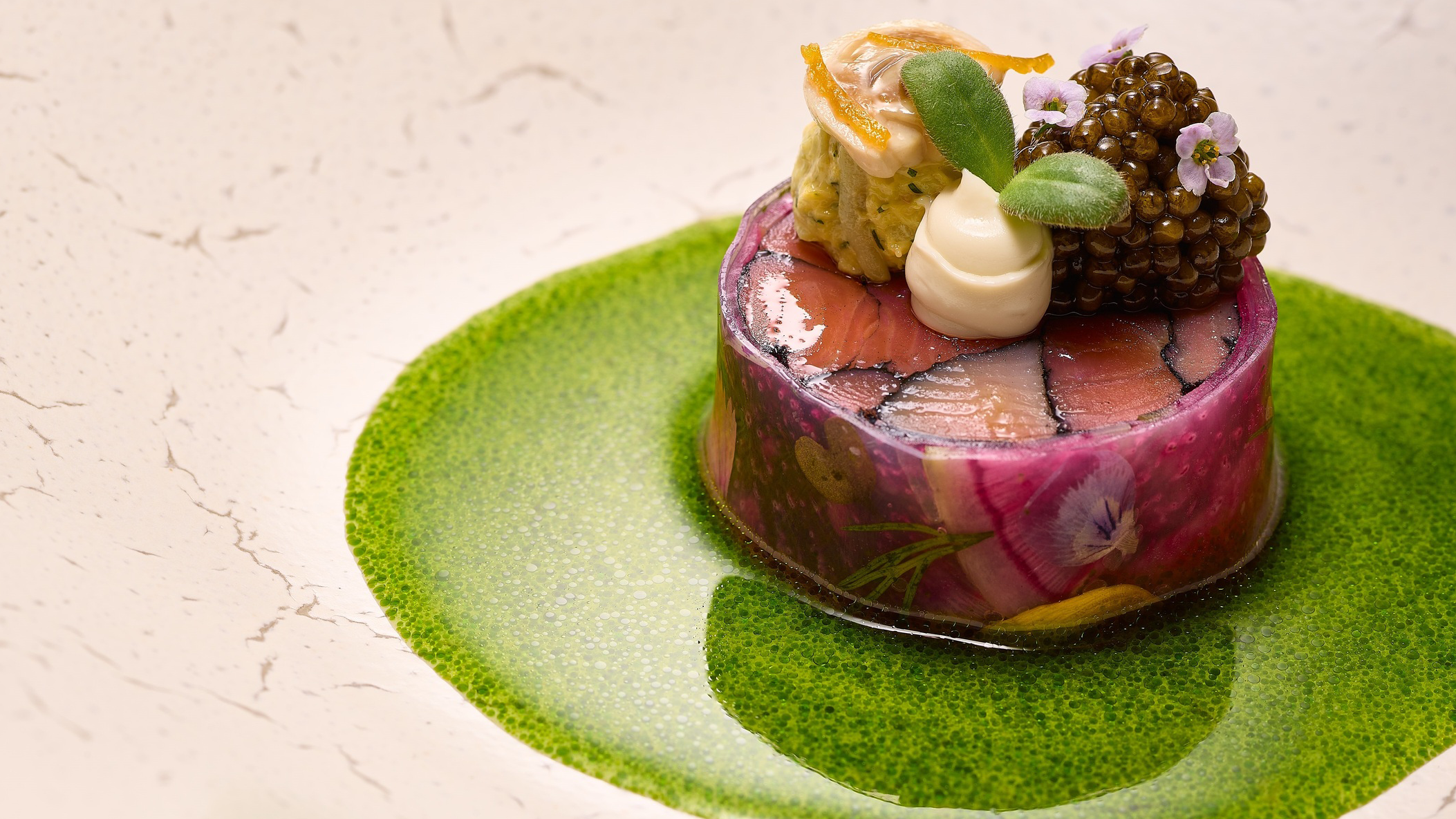In the realm of gastronomy, there are chefs, and then there are culinary storytellers – those who, through their craft, weave together the flavours of their past, their journeys and their passion. Veteran chef Donovan Cooke, the creative genius behind the culinary magic at his new venture, Causeway Bay-based Donovan, is undoubtedly one such storyteller. His modern European menu has quickly captured the attention of the city’s foodies, making it a must-go-to restaurant for anybody looking for great food in the bustling heart of Hong Kong.
“The inspiration for the restaurant is basically being here in Hong Kong. I’m in the middle of the world with some of the best ingredients from around the world, and I have an opportunity to use and showcase the best of the ingredients following the seasons – and not so much following the seasons,” the chef laughs as he explains his ethos. “However, we are trying to maintain sustainability, and at the same time evolve classical combinations – which I’ve been doing for 40 years – in a more modern way.”
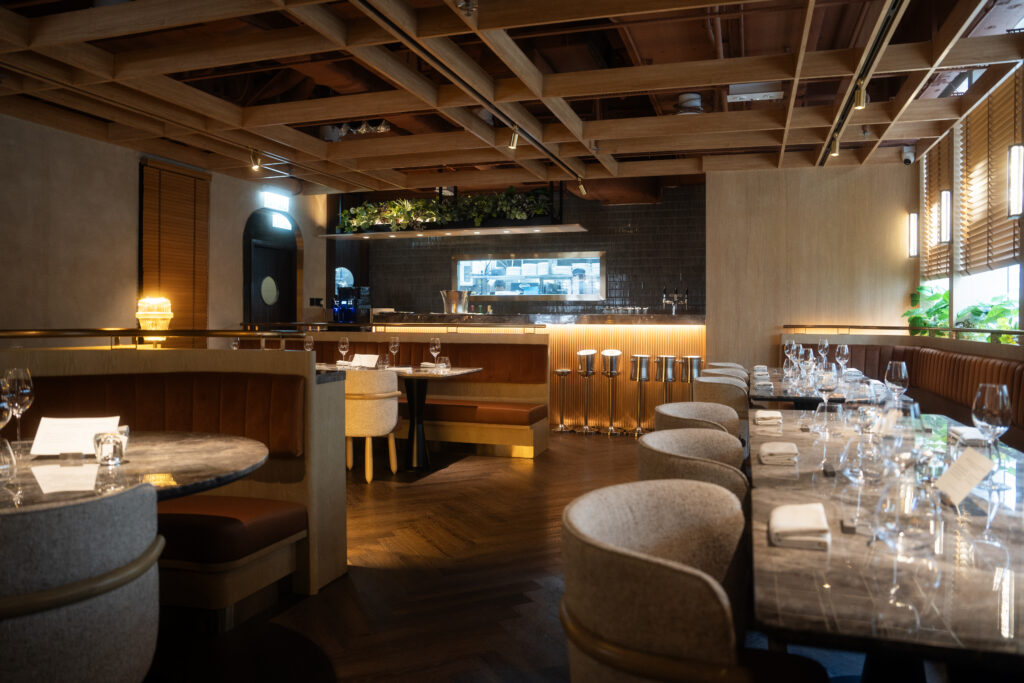
The roving Briton has been an instrumental figurehead in the fine- dining scene of wherever he has landed. At a young age, he was seasoned and nurtured in traditional French cuisine by the legendary, then-two-Michelin-starred Marco Pierre White at Harveys in London.
Embarking on his curious global journey, he headed first to France and then Australia, where his footprint was recognised by multiple accolades. Melbourne newspaper The Age’s Good Food Guide named him Chef of the Year in 2003 and 2004. He also made appearances on the reality TV show MasterChef Australia and co-authored the award-winning cookbook, Marriages. His dedication to innovation and new culinary excellence then won the hearts of local socialites and celebrities during a six-year stint at the helm of Derby Restaurant and Bar at the Hong Kong Jockey Club.
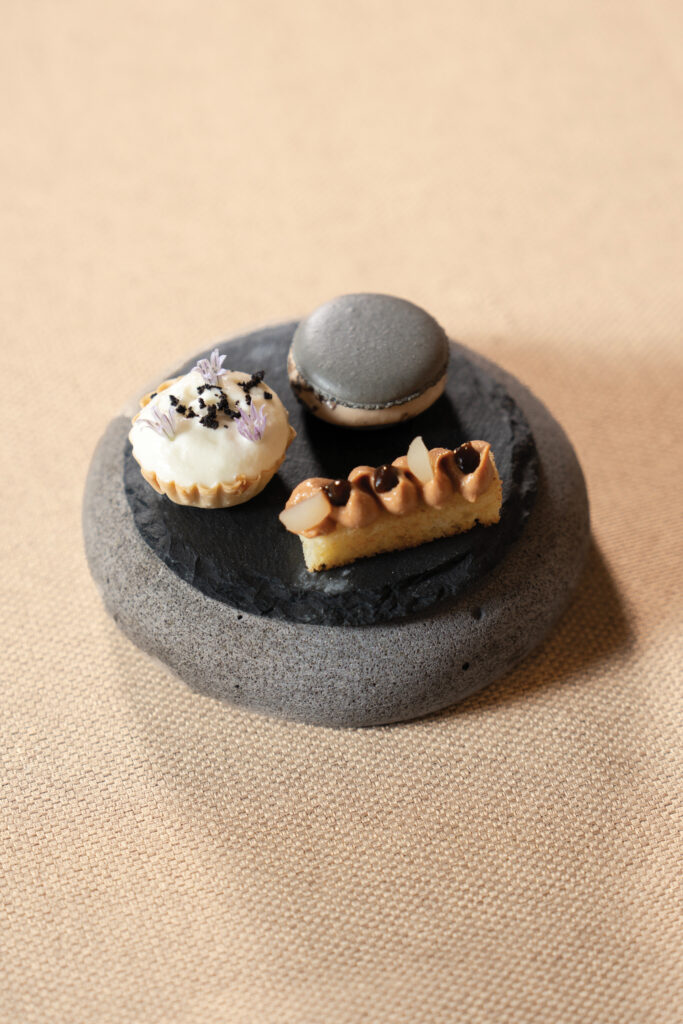
With each step, he absorbed new techniques, flavours and inspirations, enriching his culinary palate and ultimately bringing him to a Hong Kong homecoming late last year. His self-titled restaurant artfully combines his own heritage with a global perspective – a testament to his eclectic journey, offering diners an experience that transcends borders.
“I want to showcase a vast array of dishes here in my new restaurant, and the best way to do that is to do a Japanese-style tasting menu,” he says. “It’s a journey of eight to 10-12 courses, starting with refreshing light and then moving on to a richer main course. In the past, when I did à la carte, people just go for the things that they’re safe or that they know, so I decided to do it omakase-style because I want people to taste lots of different things that they normally wouldn’t order.”
The dinner-tasting menu at the time of our review kicks off with an artistic ensemble of appetisers such as truffle macaron; parmesan tart with onions and flowers; chicken liver parfait, apple and prune; and the house signature soy-sauce brioche. These are followed by seared tuna belly decorated with spiced tartare, celeriac, truffle dashi and shiso; and the heady combination of the spiced roasted blue lobster with foie gras, fig, port wine, chocolate and coffee.
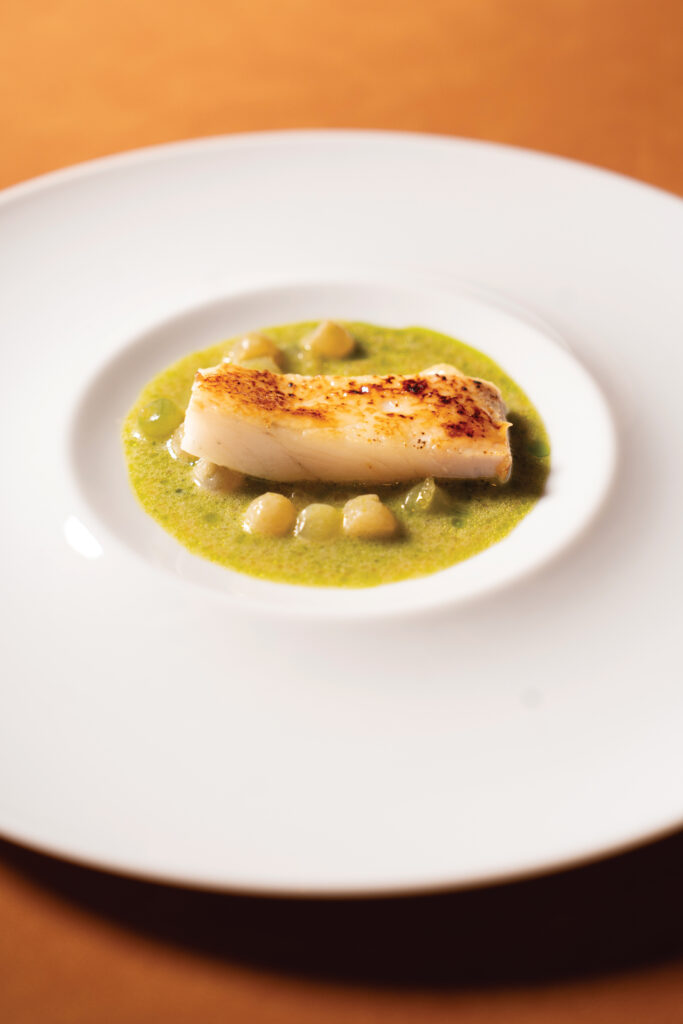
One of his standout dishes is smoked olive oil confit salmon, seasoned with leek, razor clam, bone broth, salmon roe and chive oil. It’s a culinary masterpiece that captures the essence of Chef Donovan on a plate.
A meat lover’s dream comes in the form of Pyrenees milk-fed baby lamb with girolles, gnocchi and thyme jus, and the cooked to a mouth-watering medium-rare, pepper-crusted wagyu 9+ sirloin atop onions, bone marrow and Bordelaise sauce.
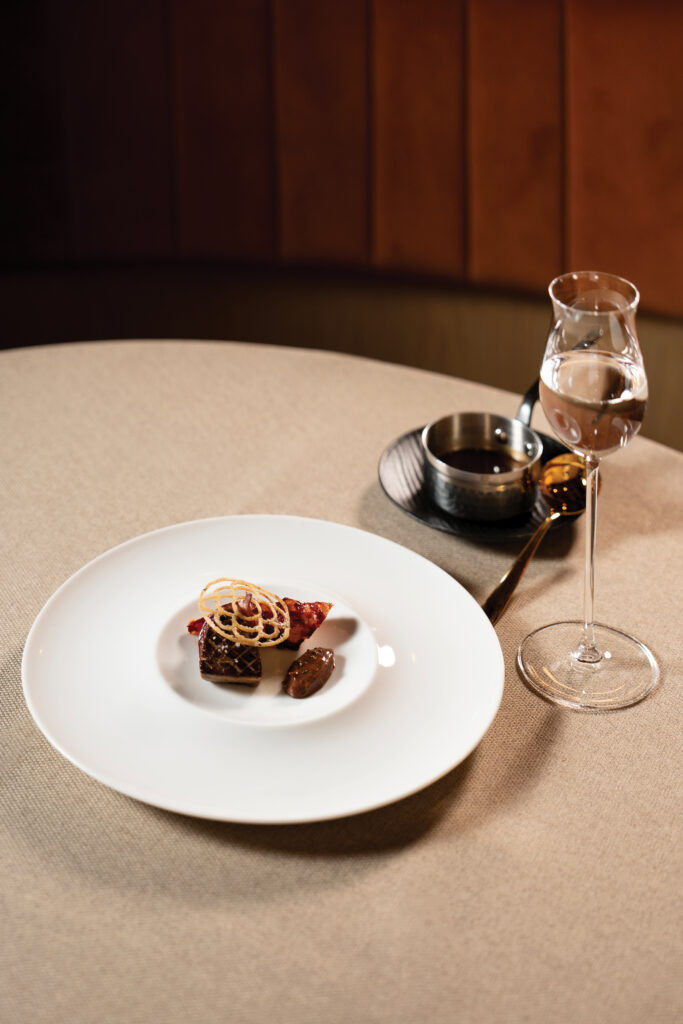
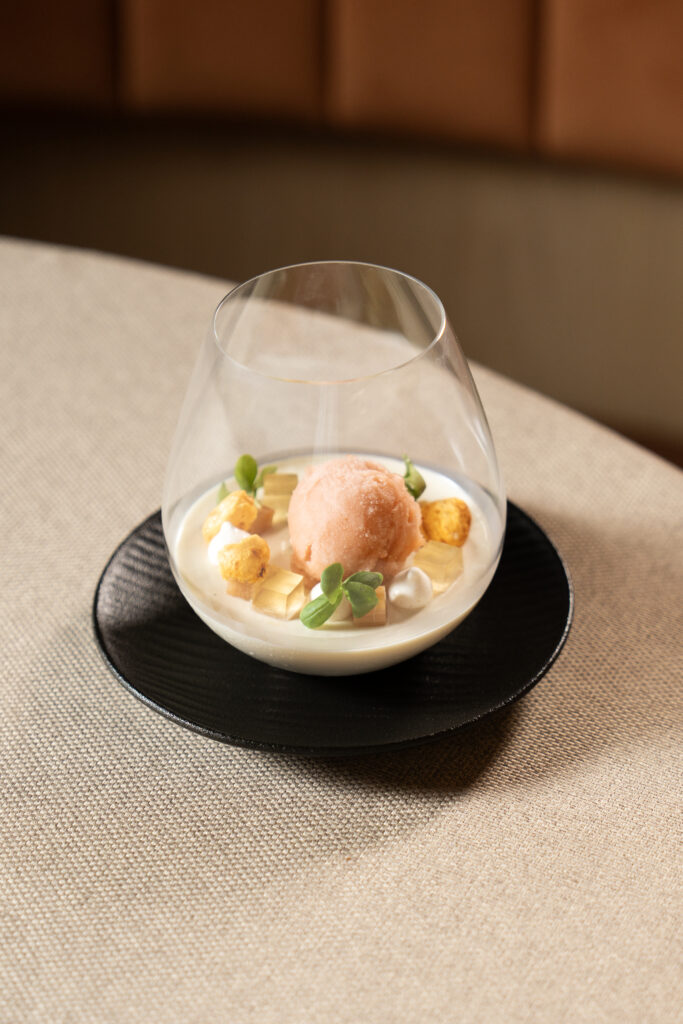
Desserts of spiced roasted pineapple with pain d’épices ice cream and tonka bean panna cotta with rhubarb, honeycomb and Stone’s ginger wine jelly form a perfect palate cleanser to this savoury culinary adventure.
Amid the elegant ambience and the warm embrace of European hospitality, Donovan is a testament to the power of roots, the influence of loved ones and the fusion of global experiences into tantalising dishes that have earned the well-travelled chef countless plaudits for his unparalleled contributions to gastronomy.

Donovan, 16/F, Cubus, 1 Hoi Ping Road, Causeway Bay, Hong Kong
Photos: DONOVAN Video: Jack Fontanilla



